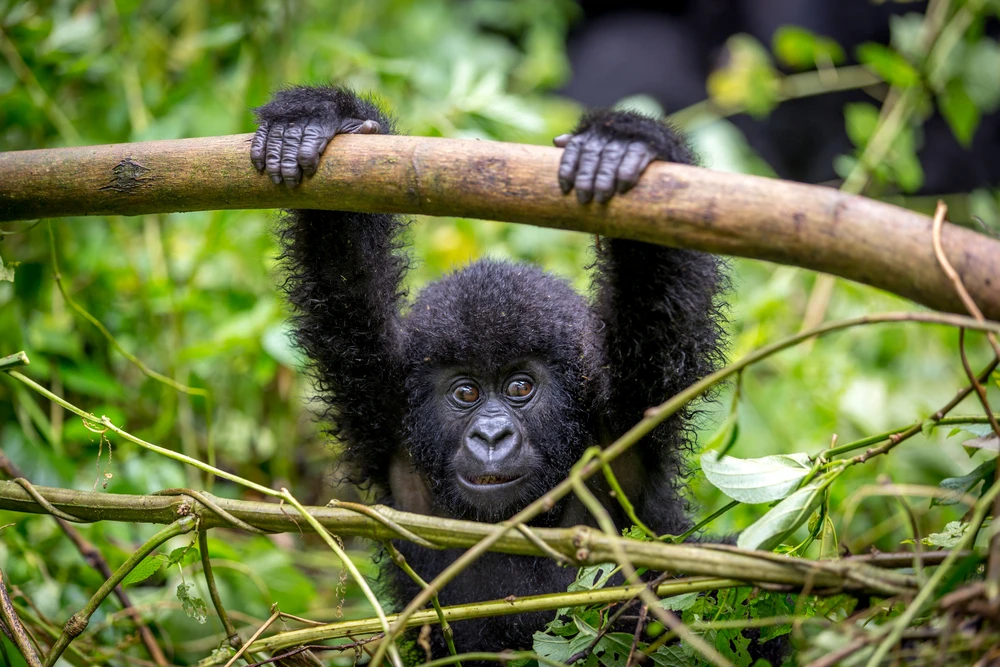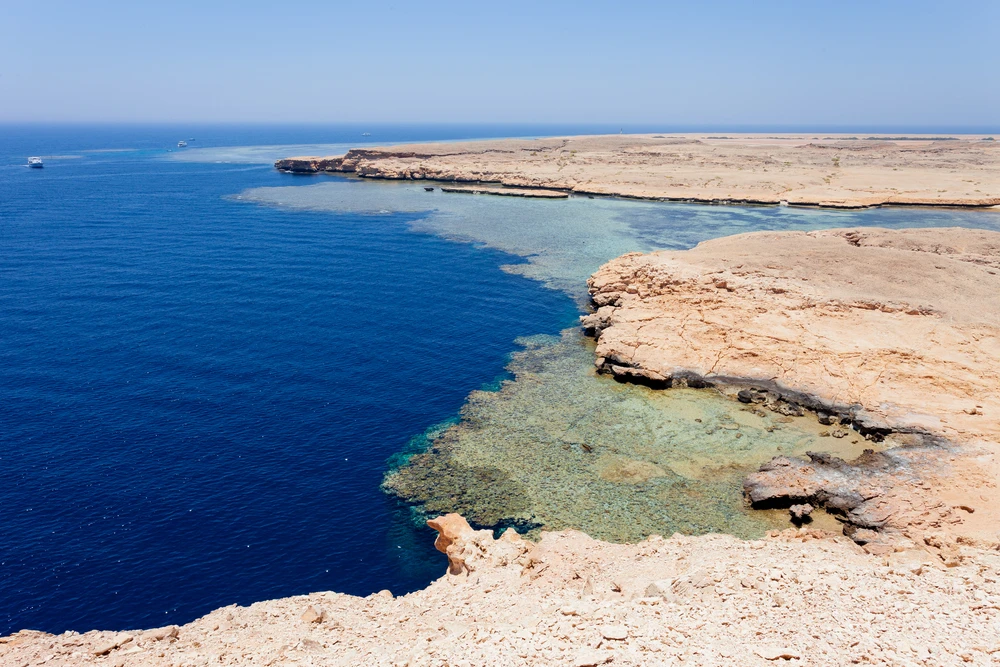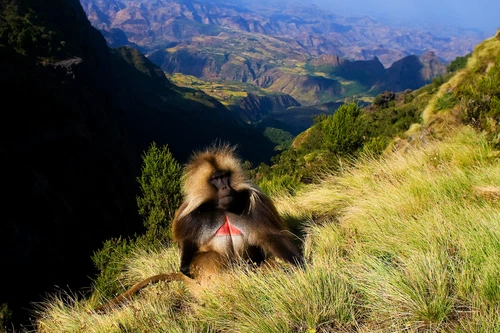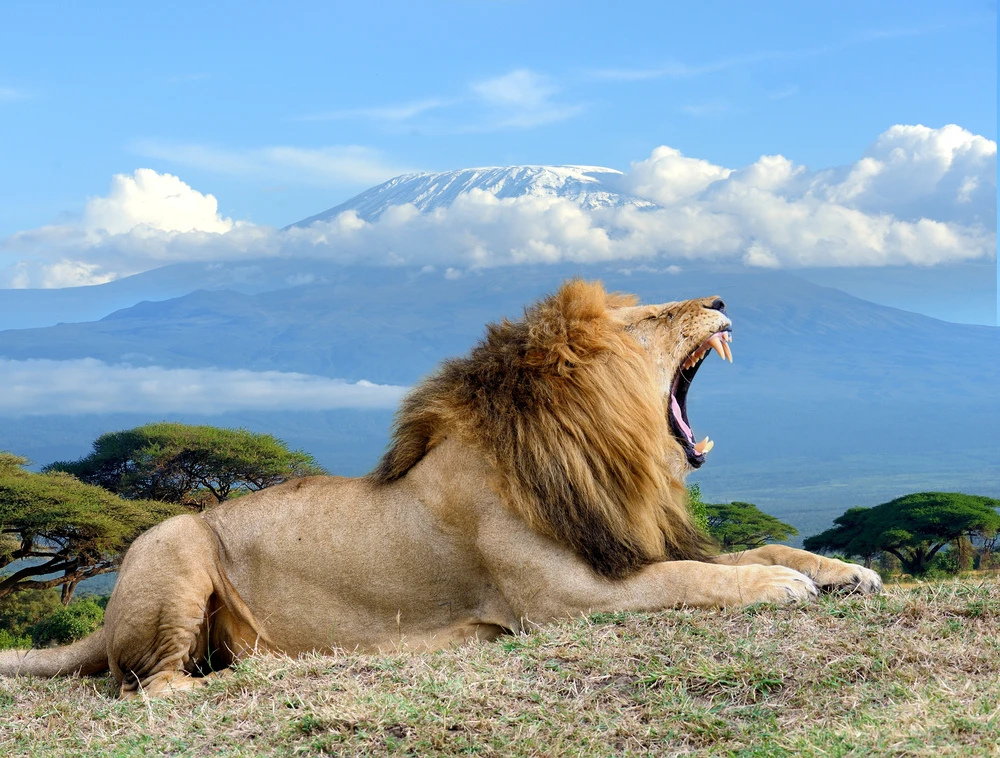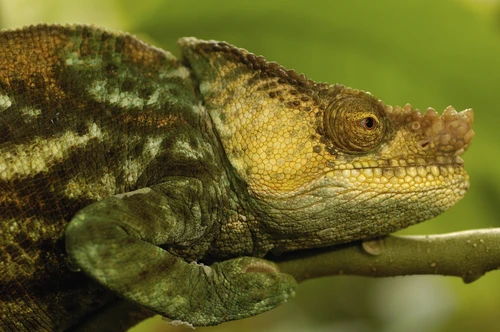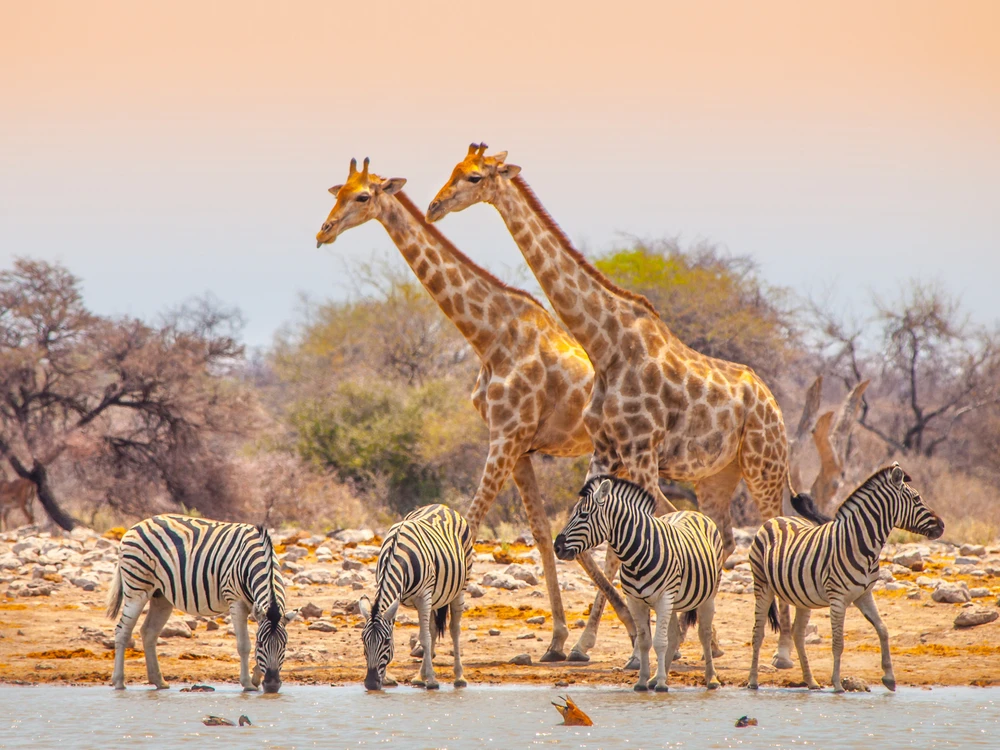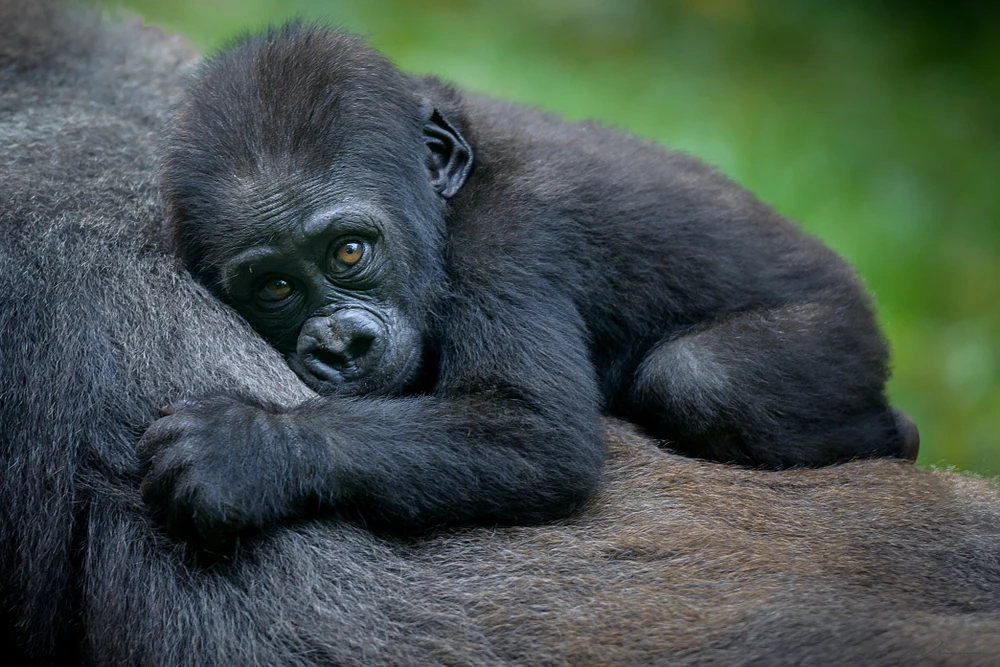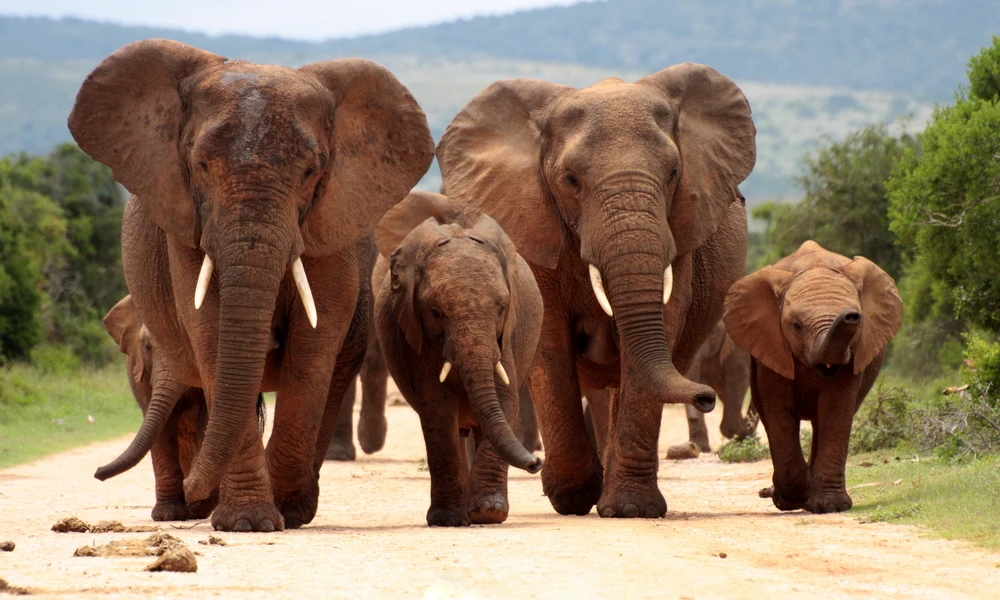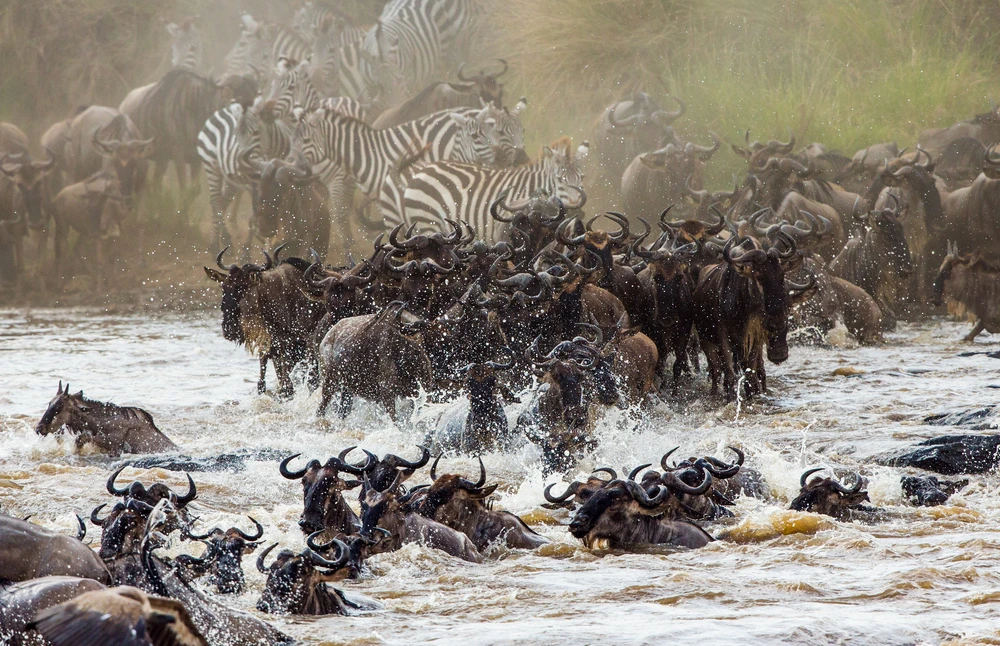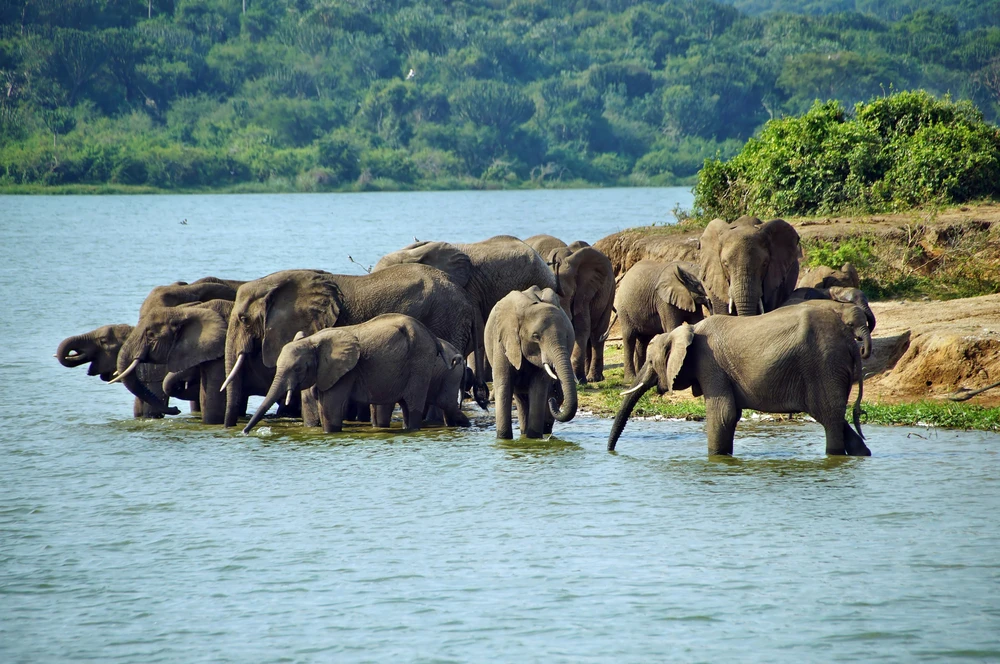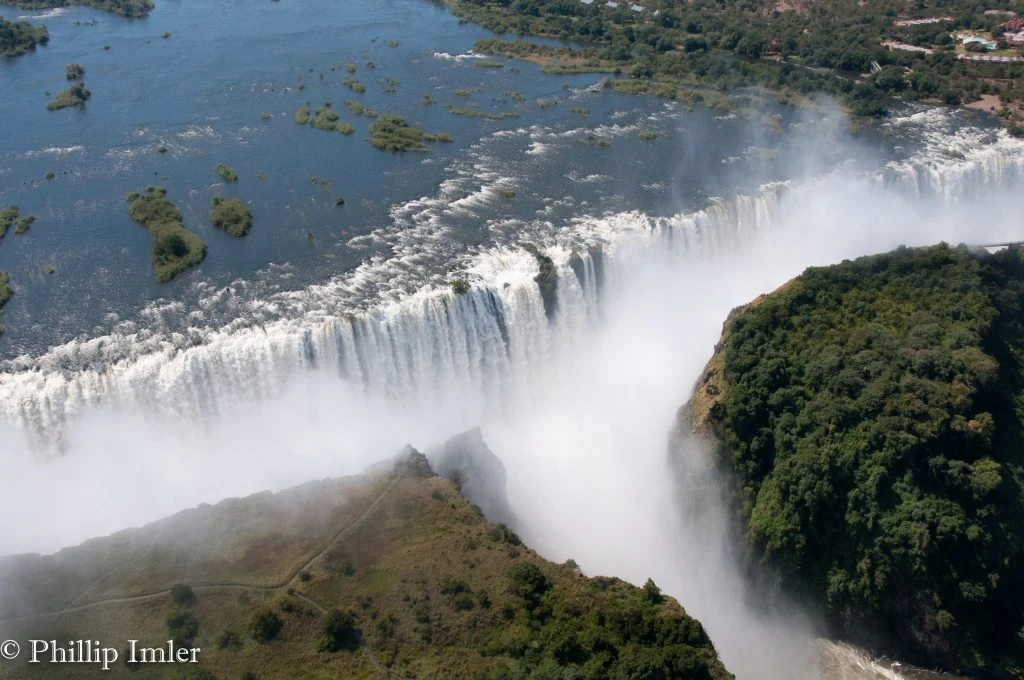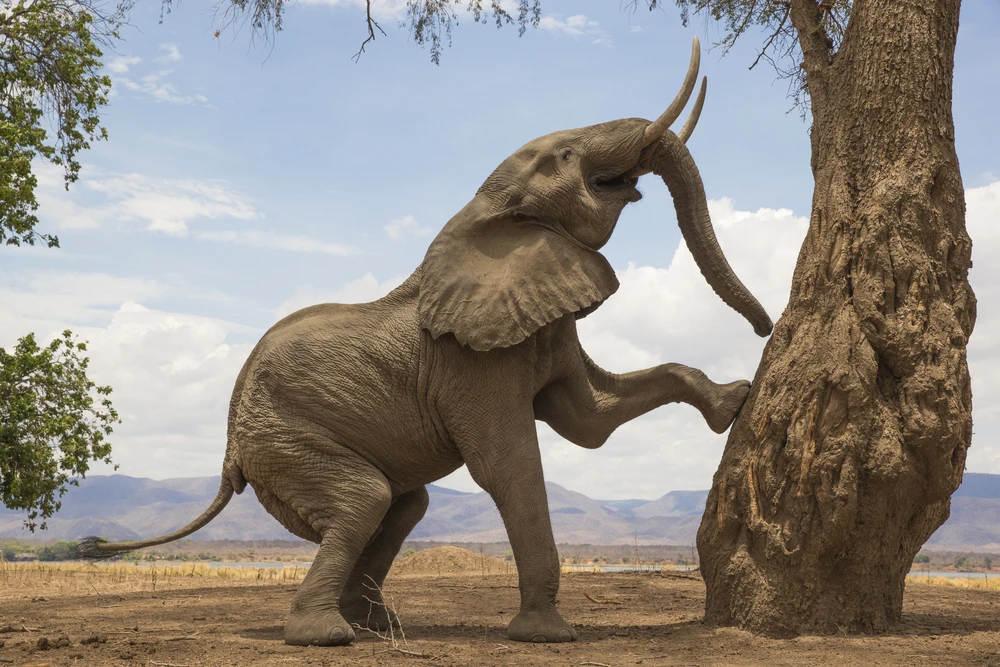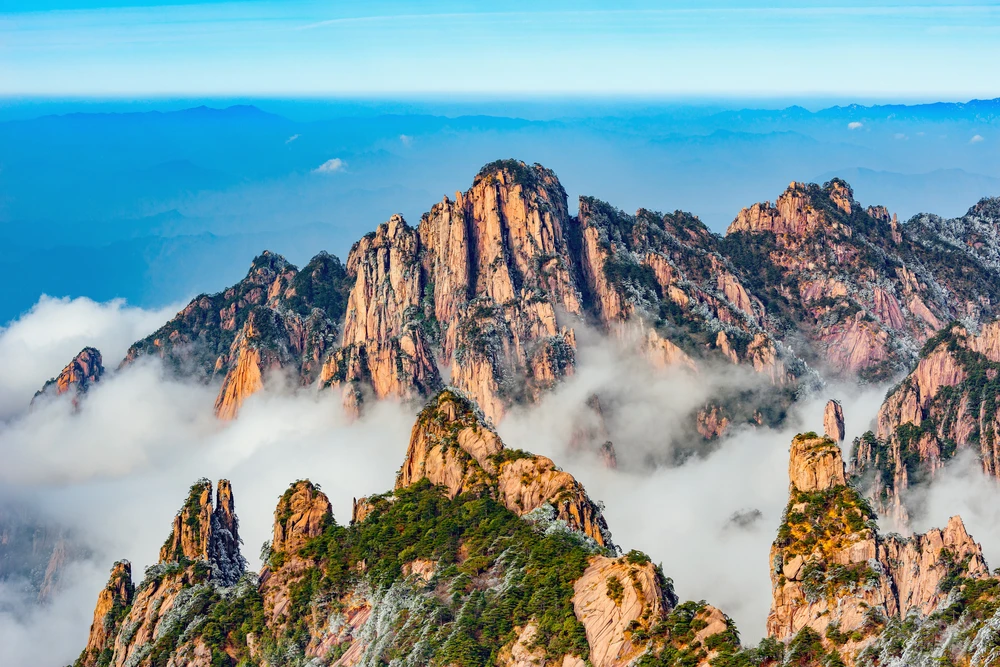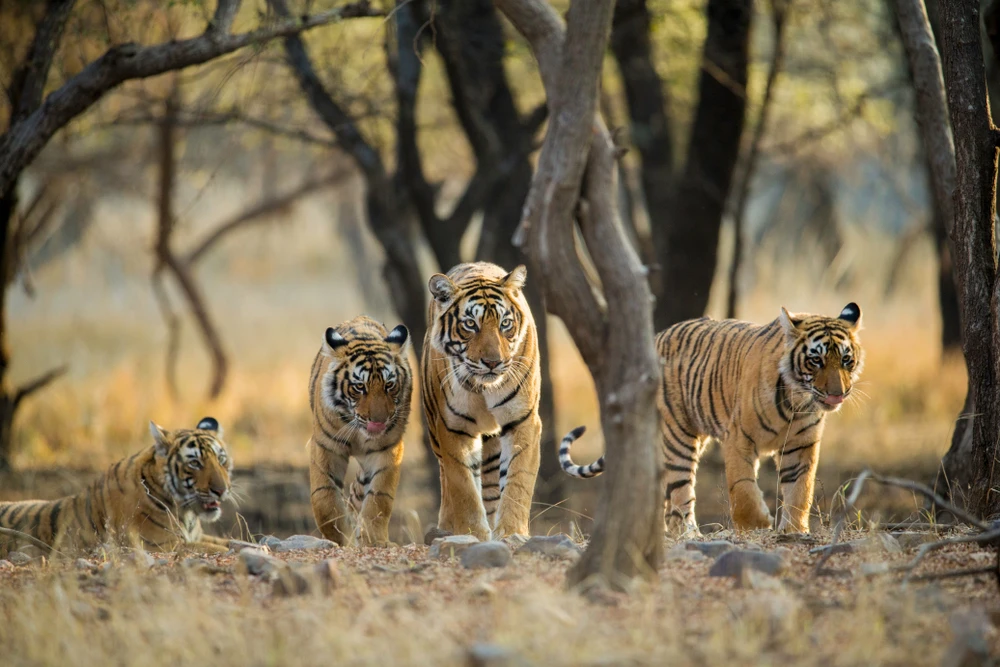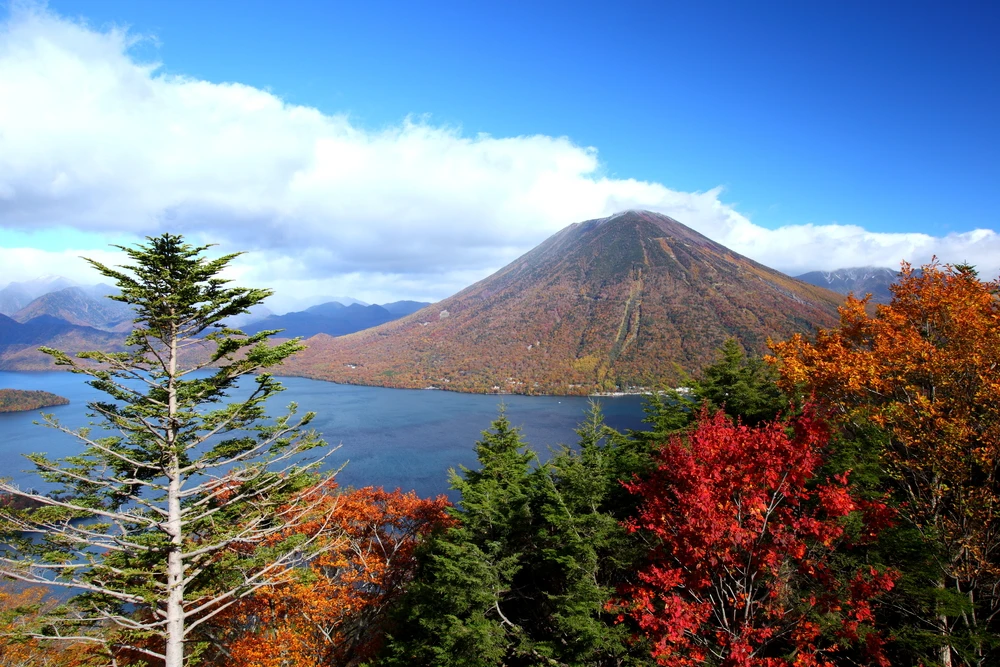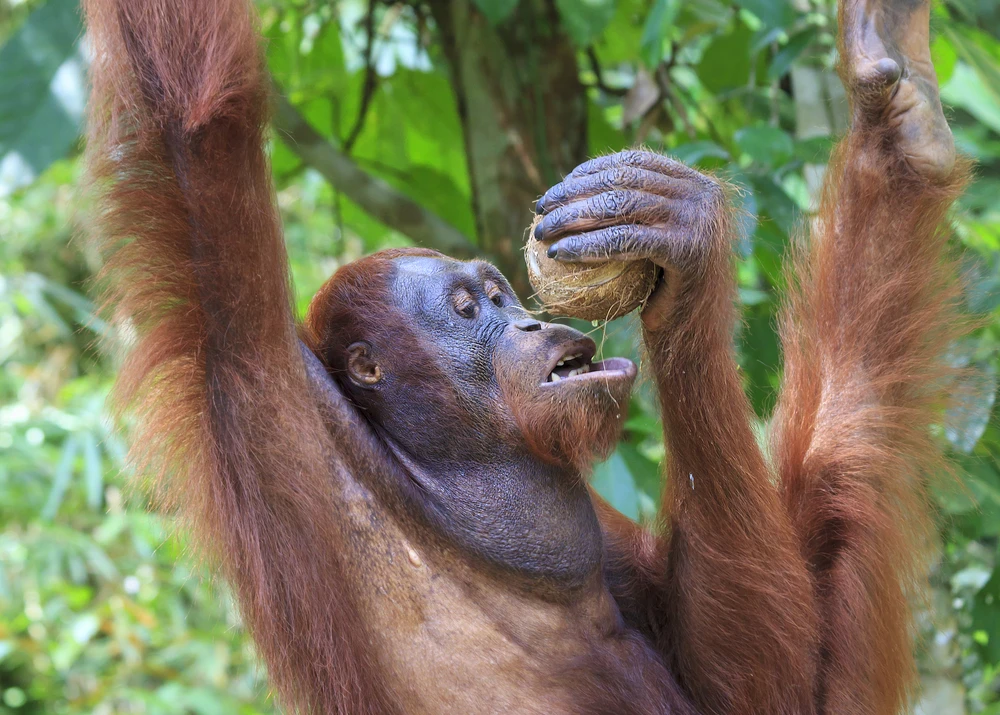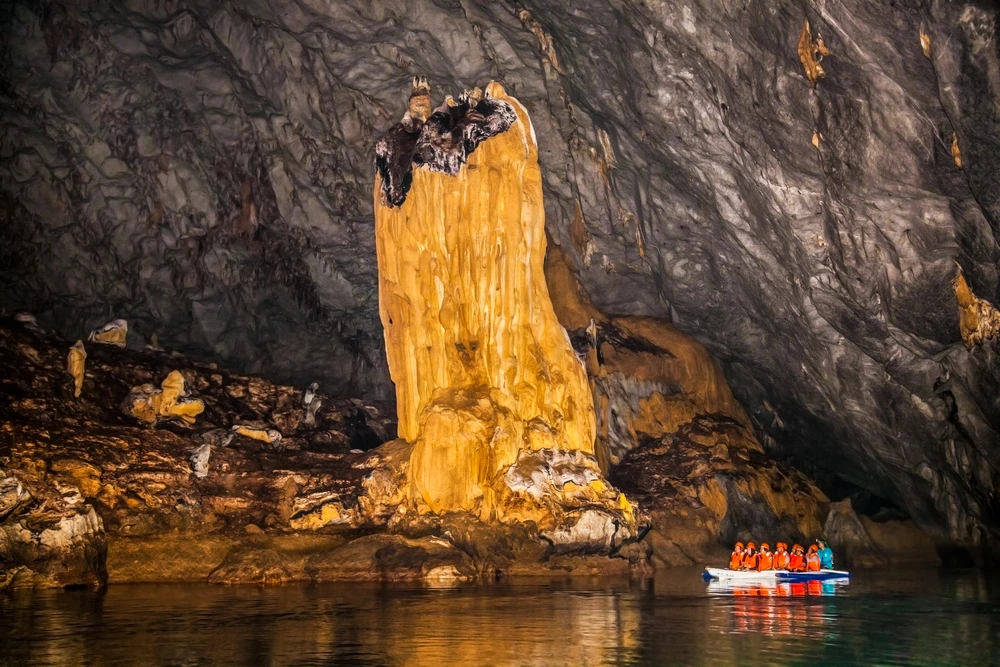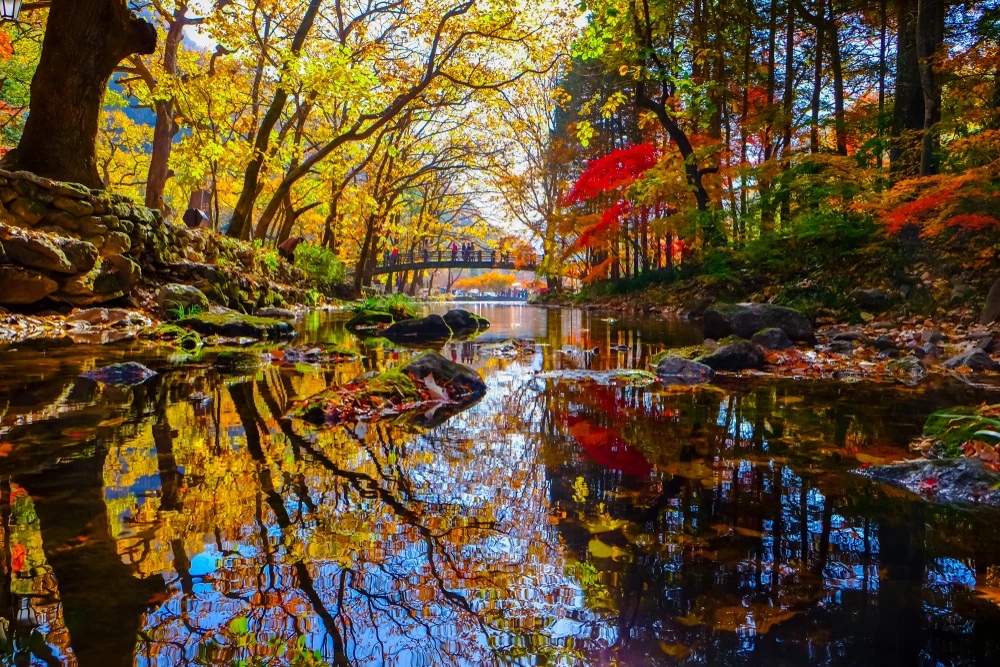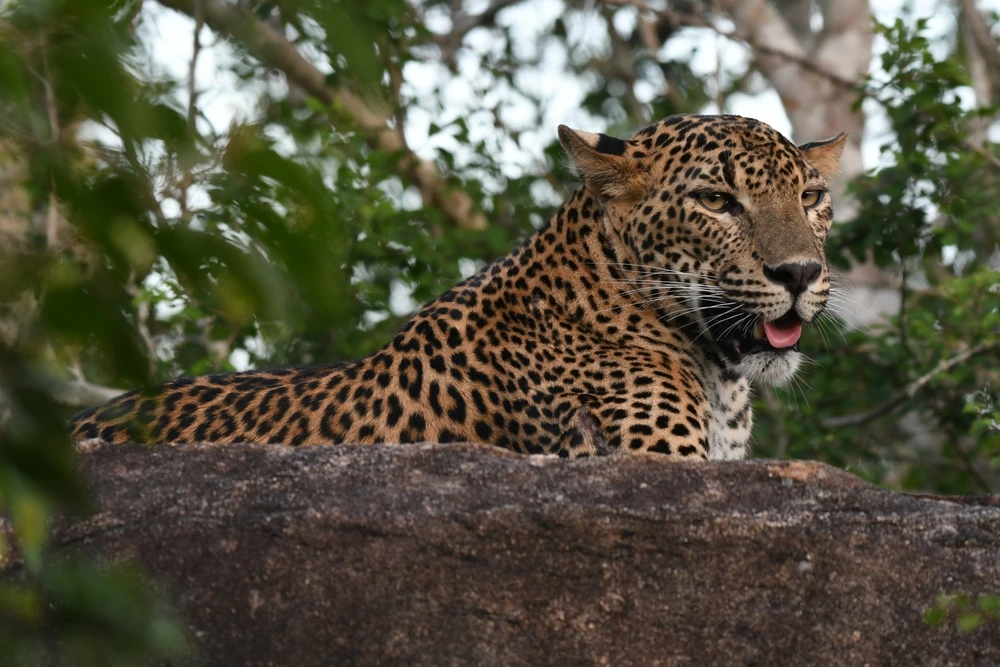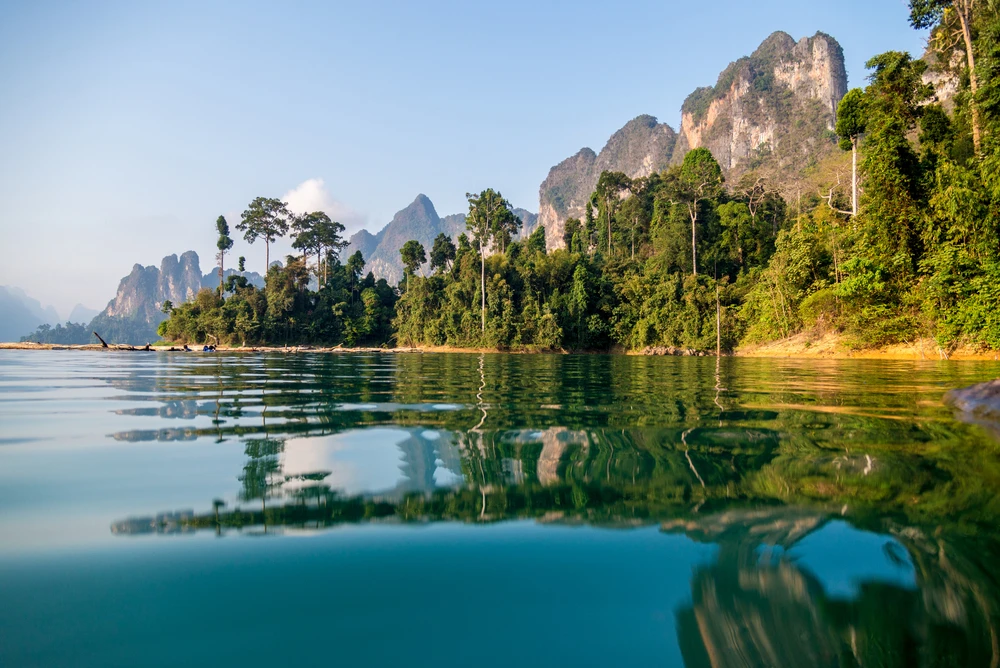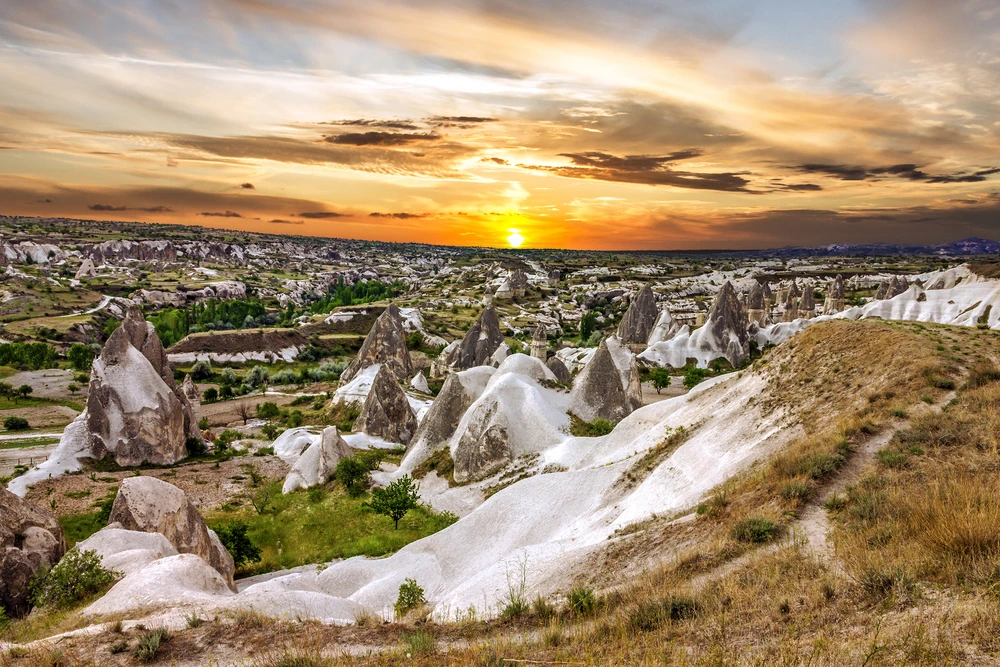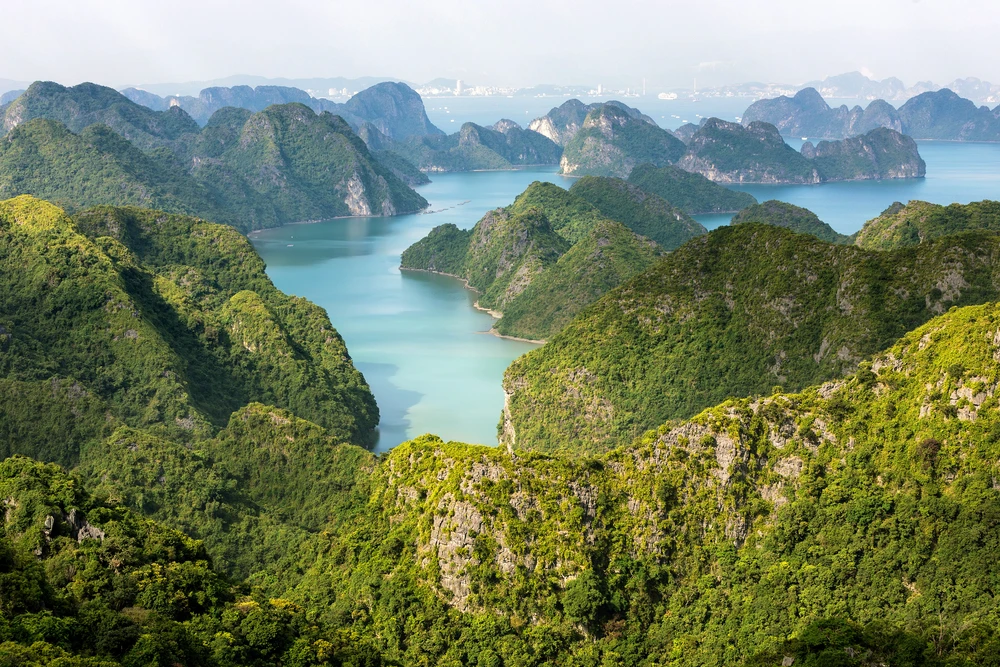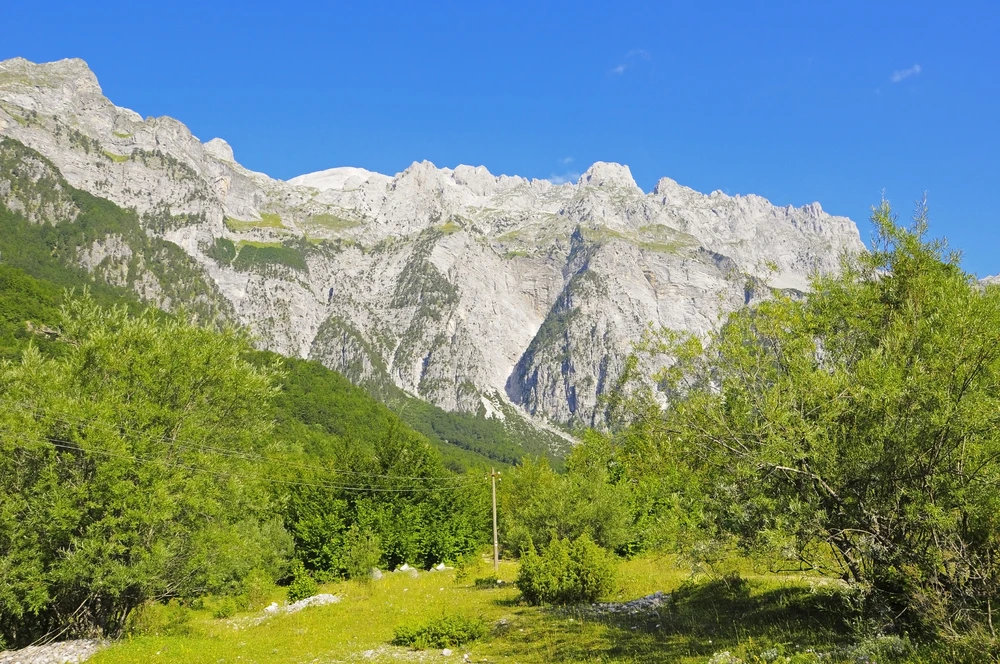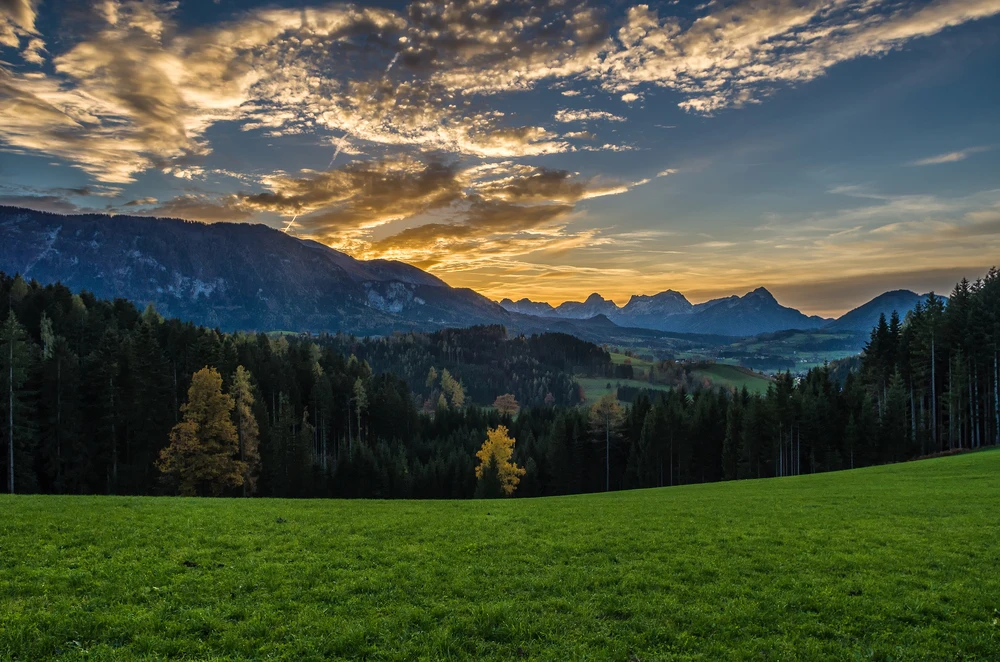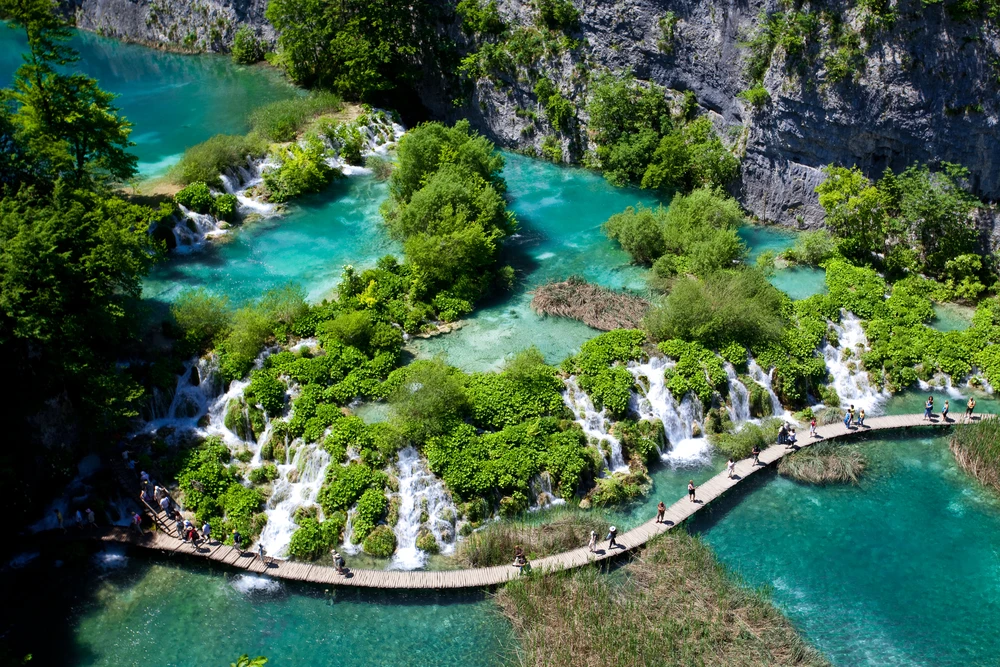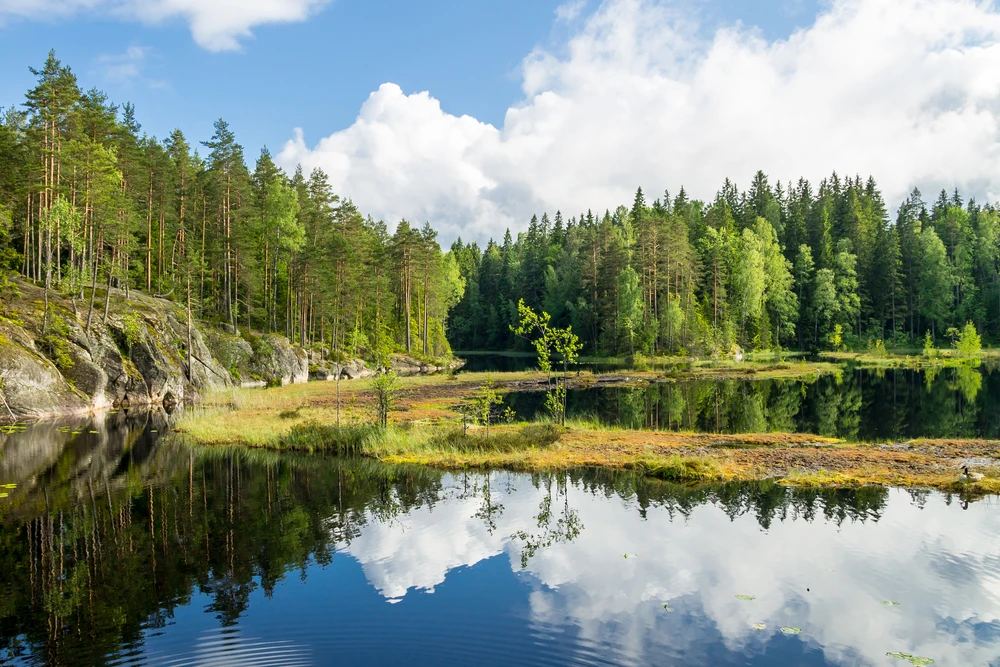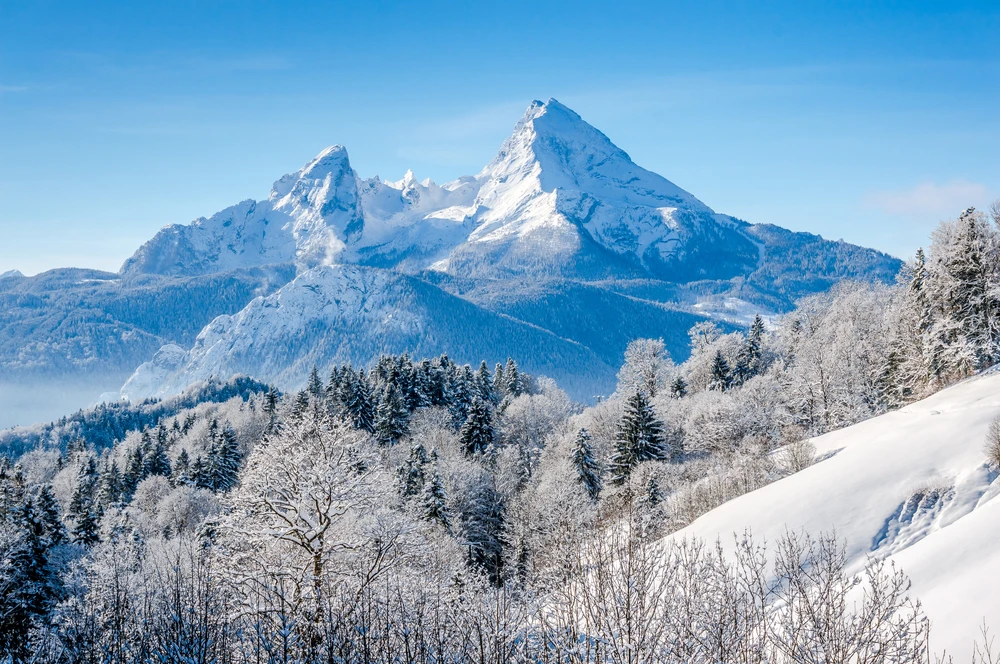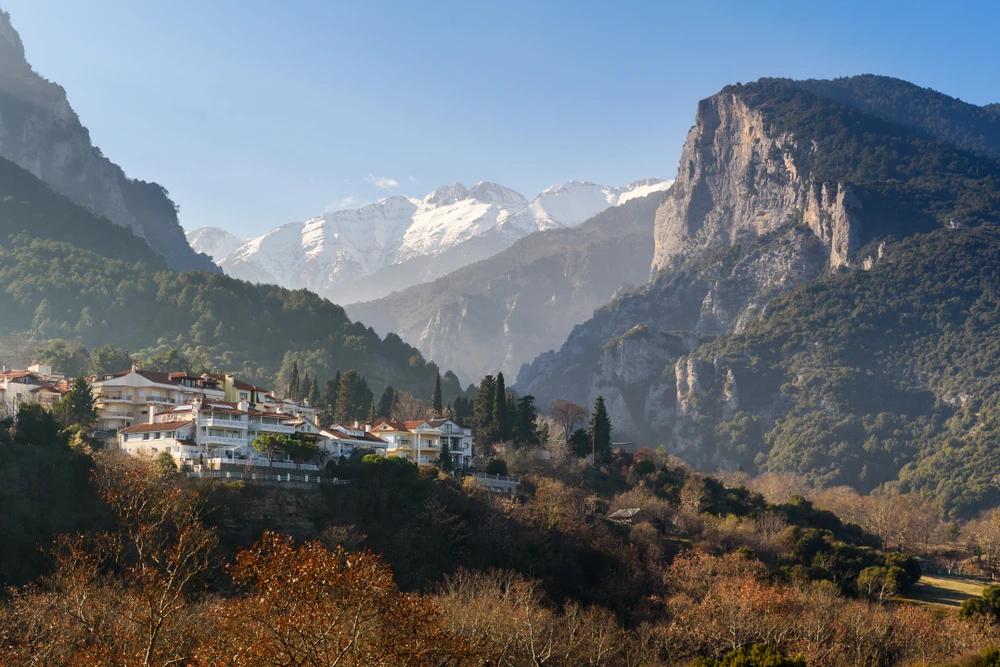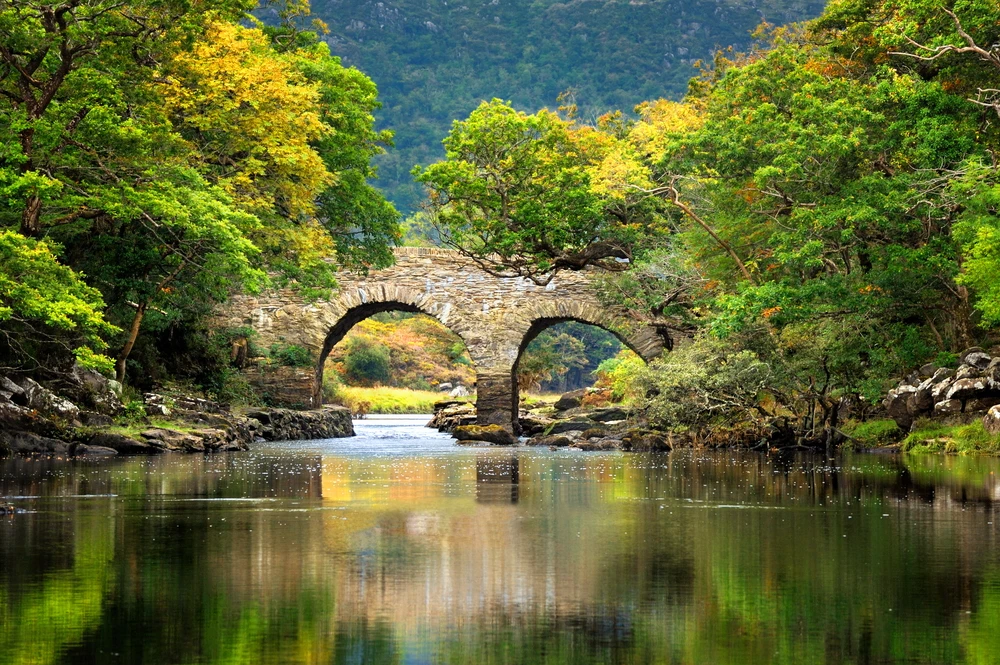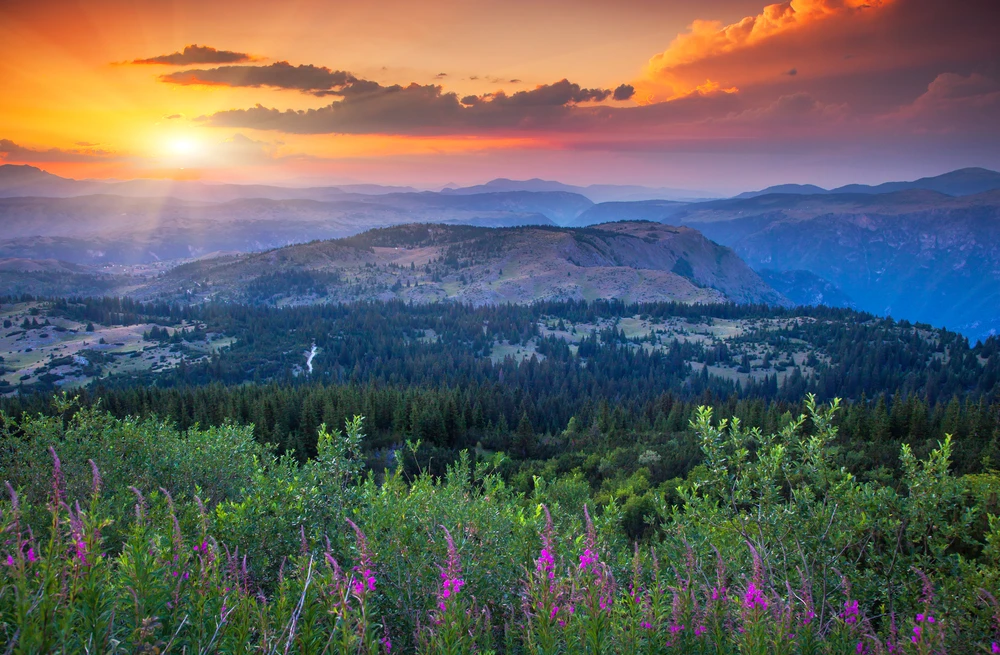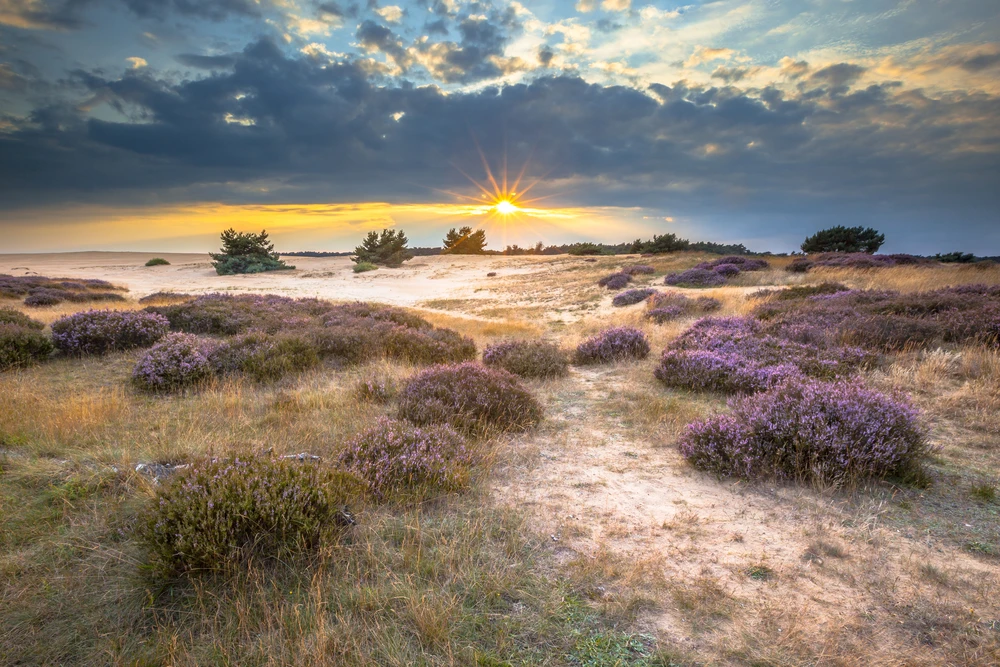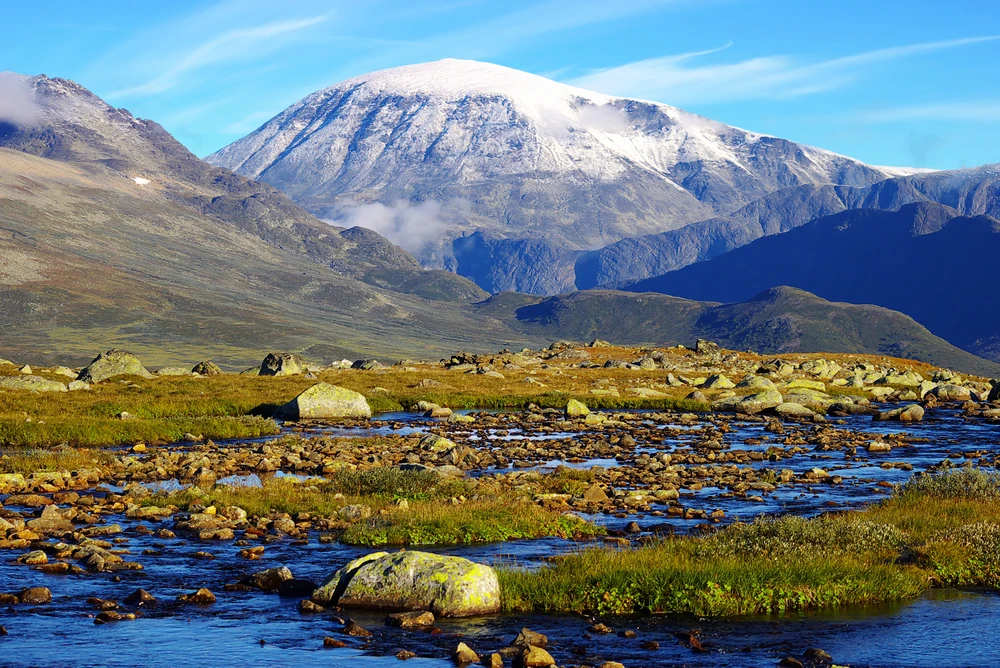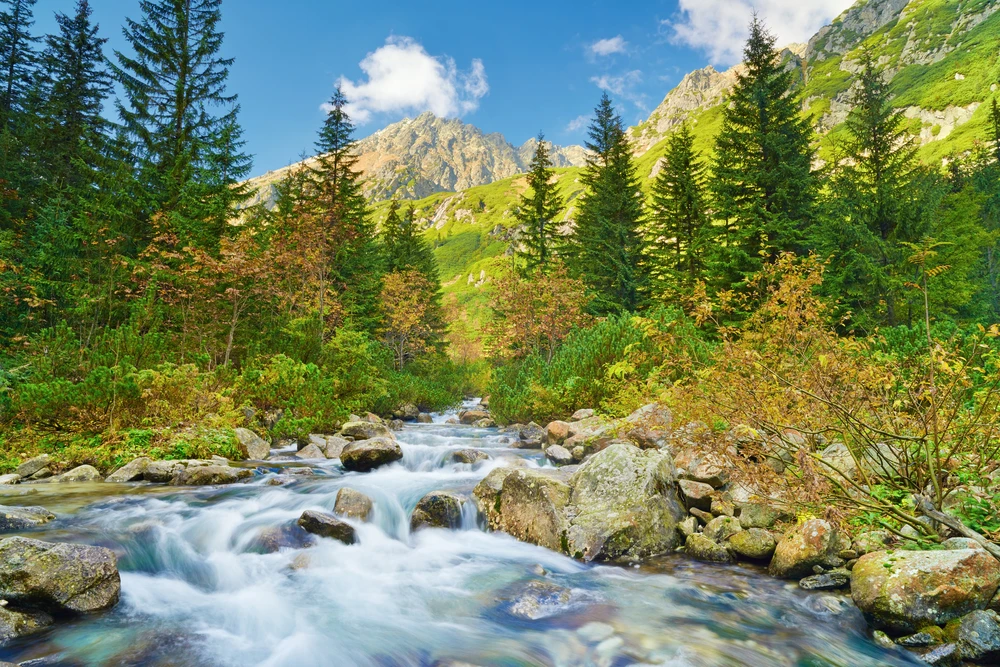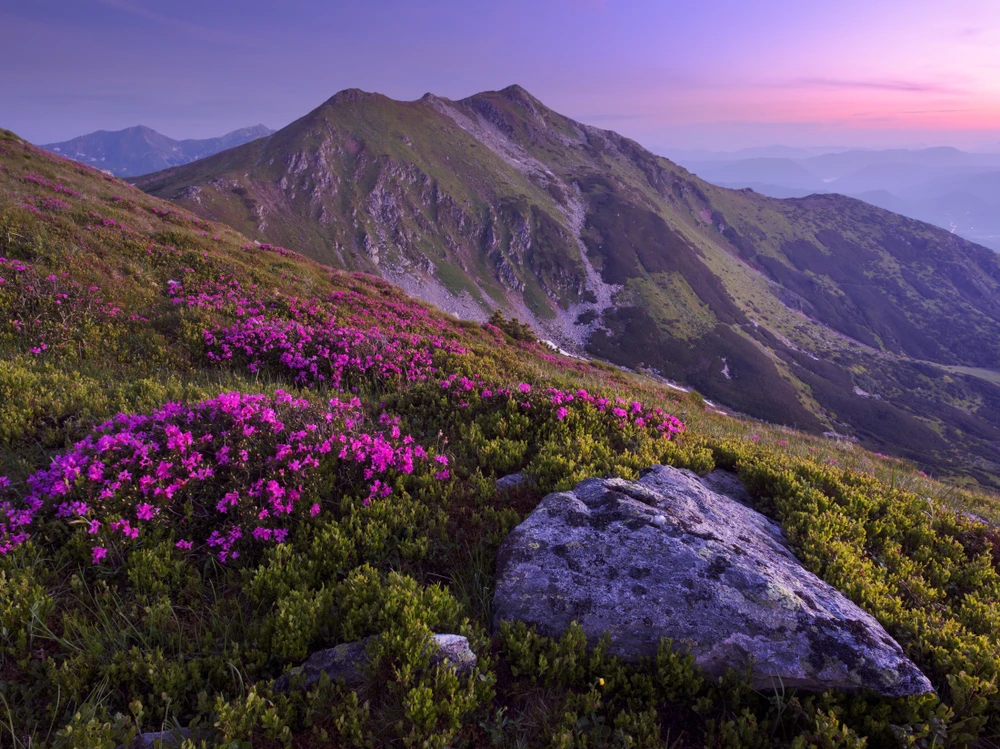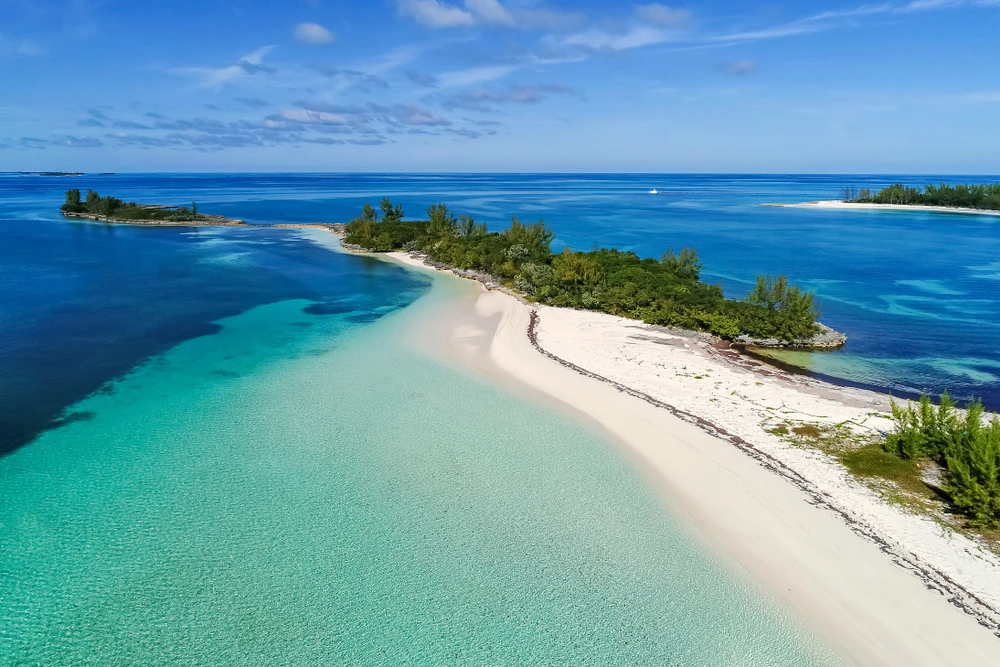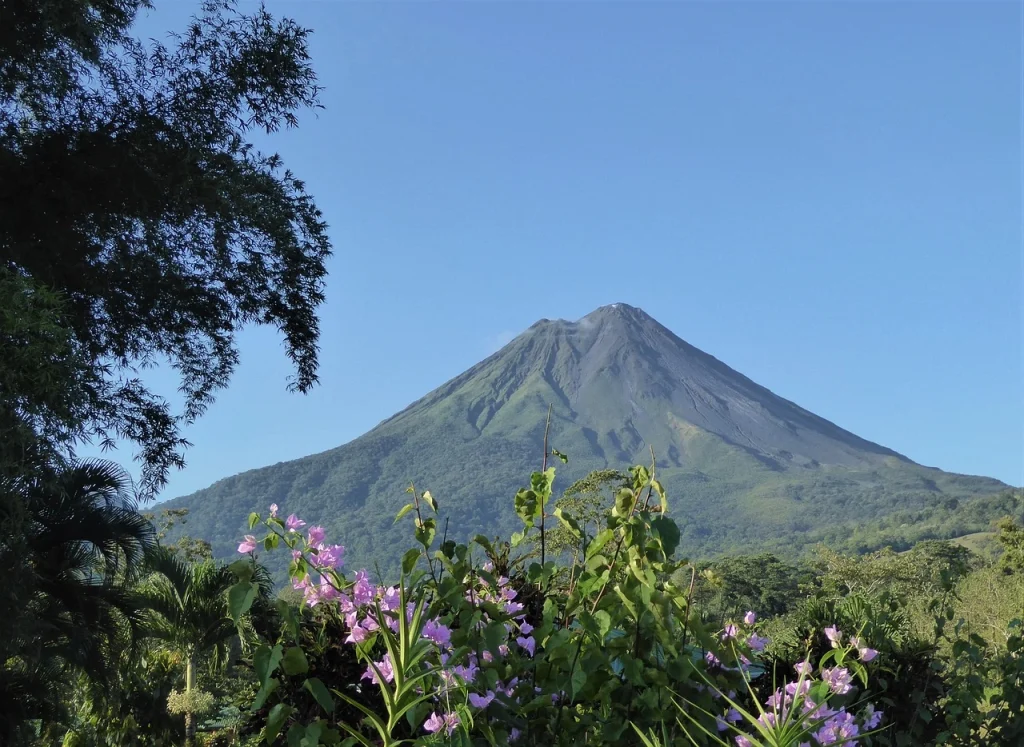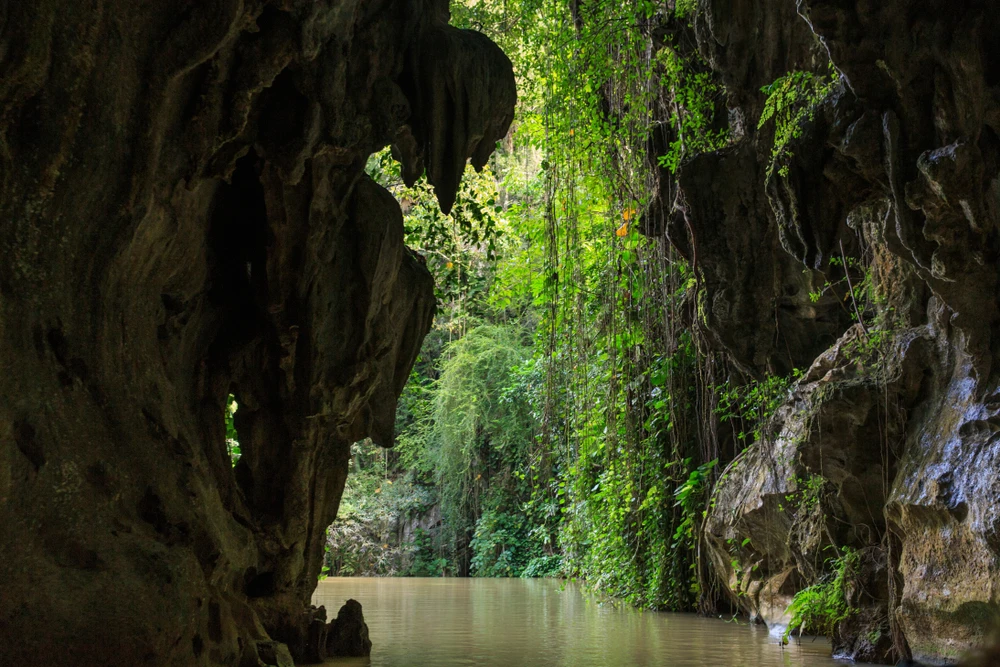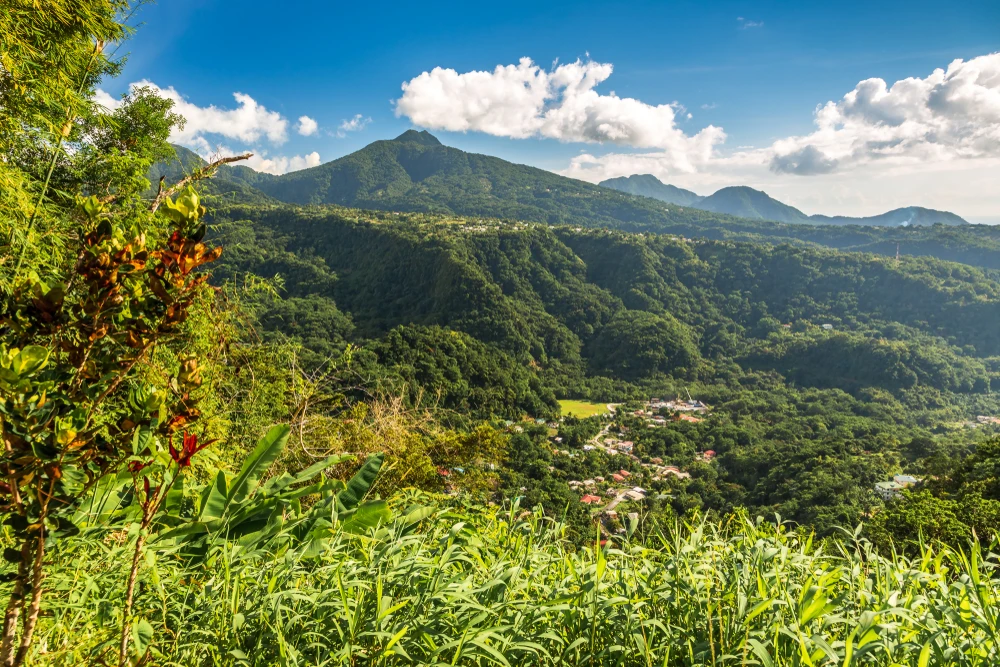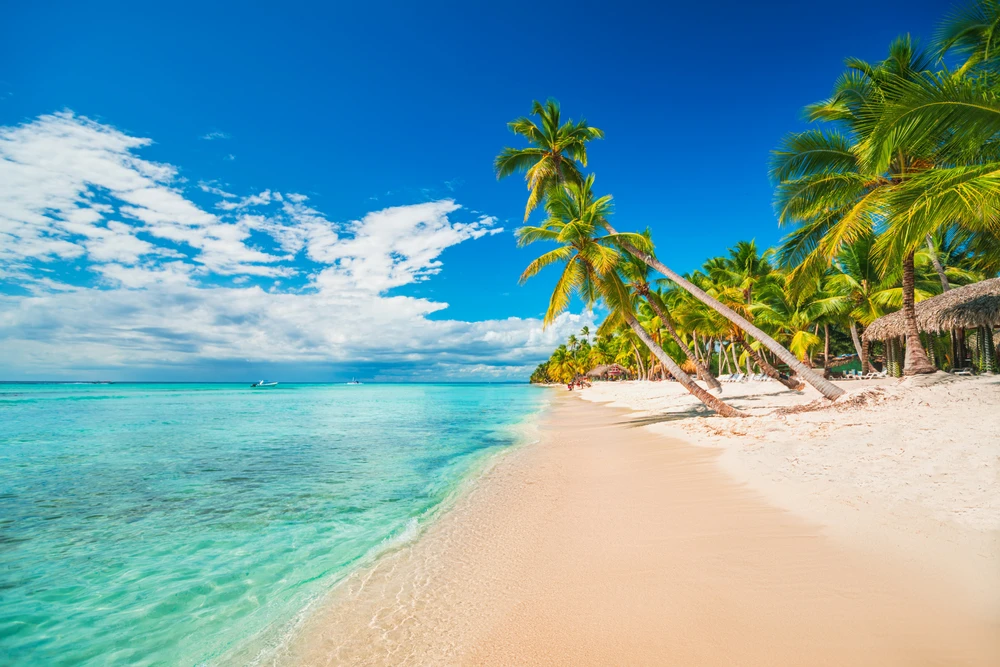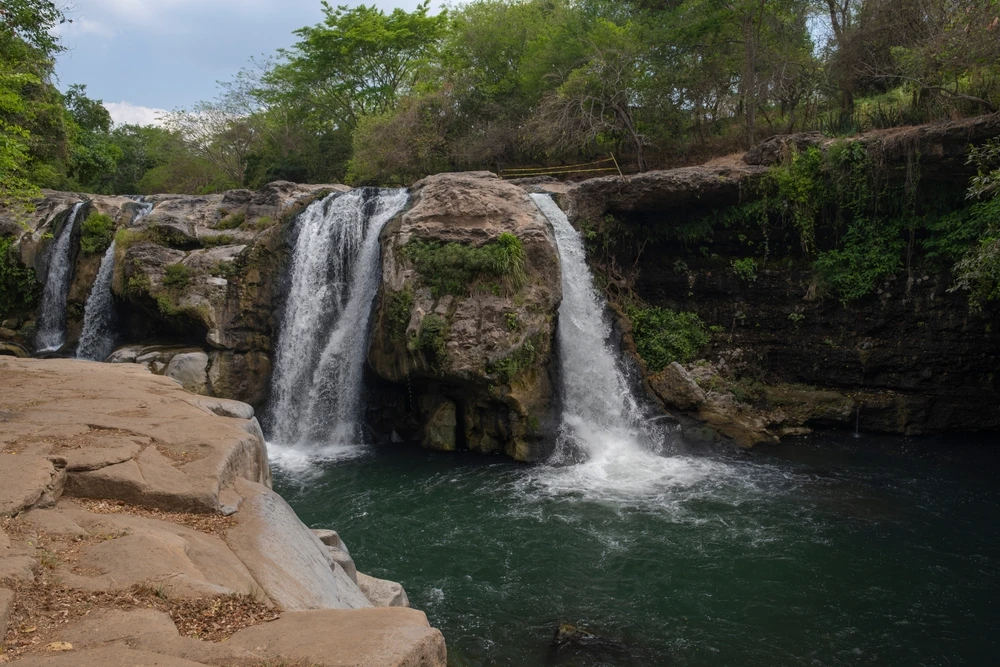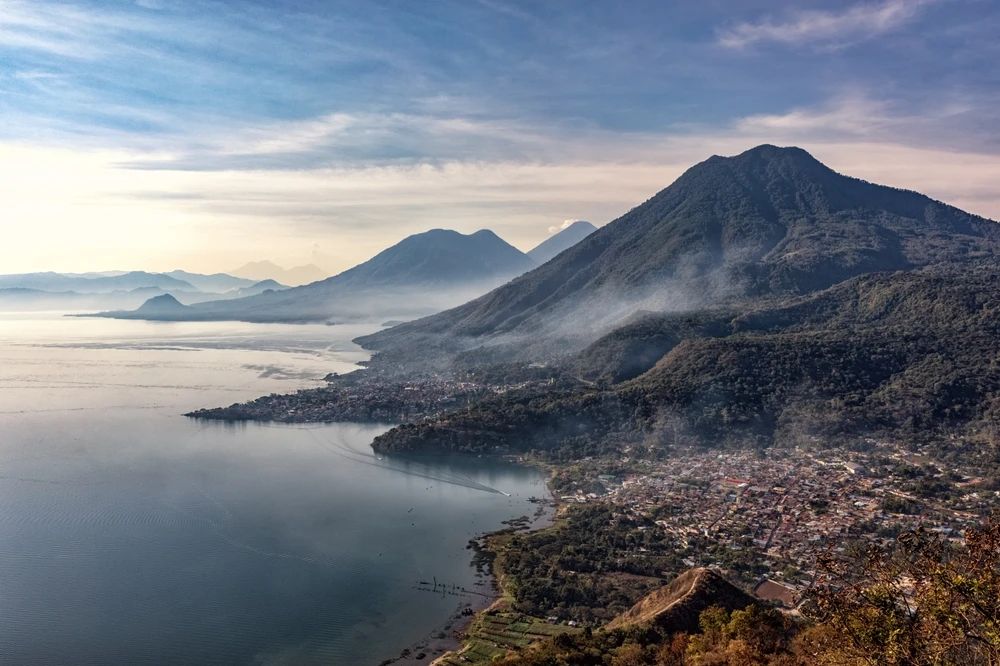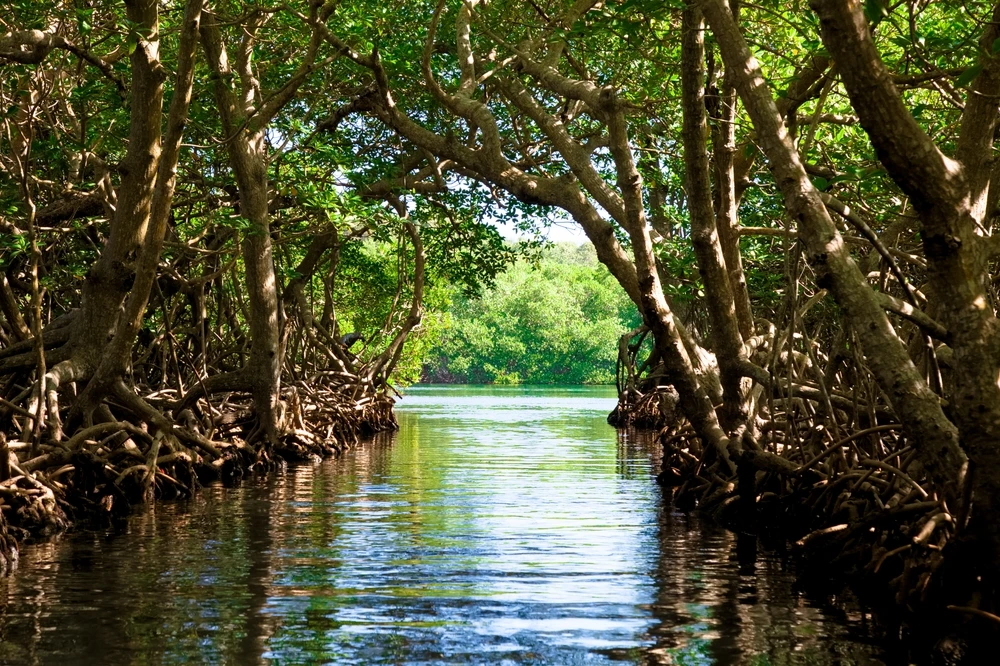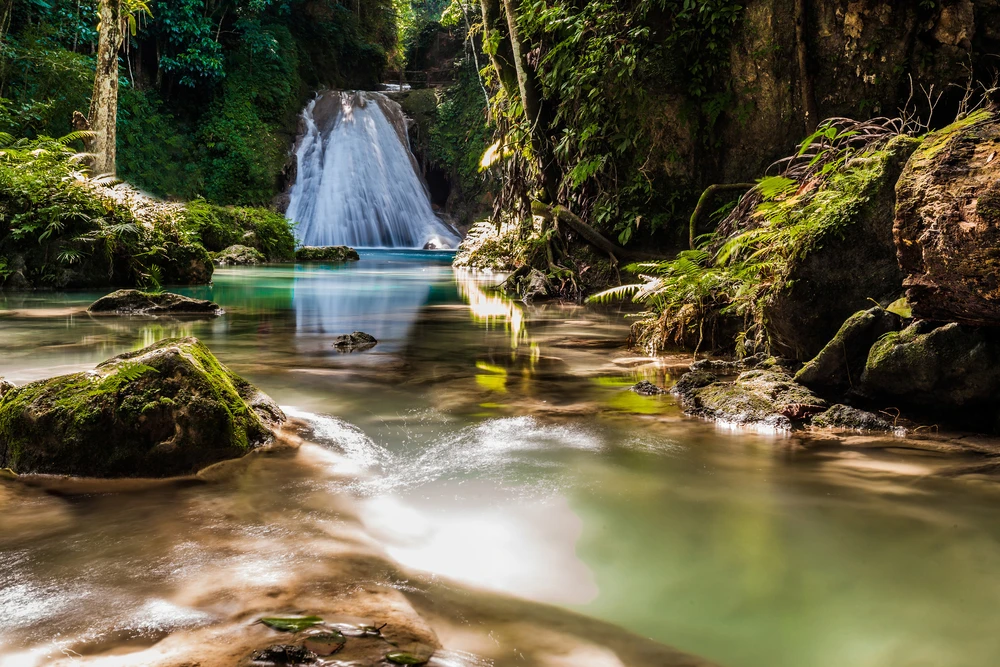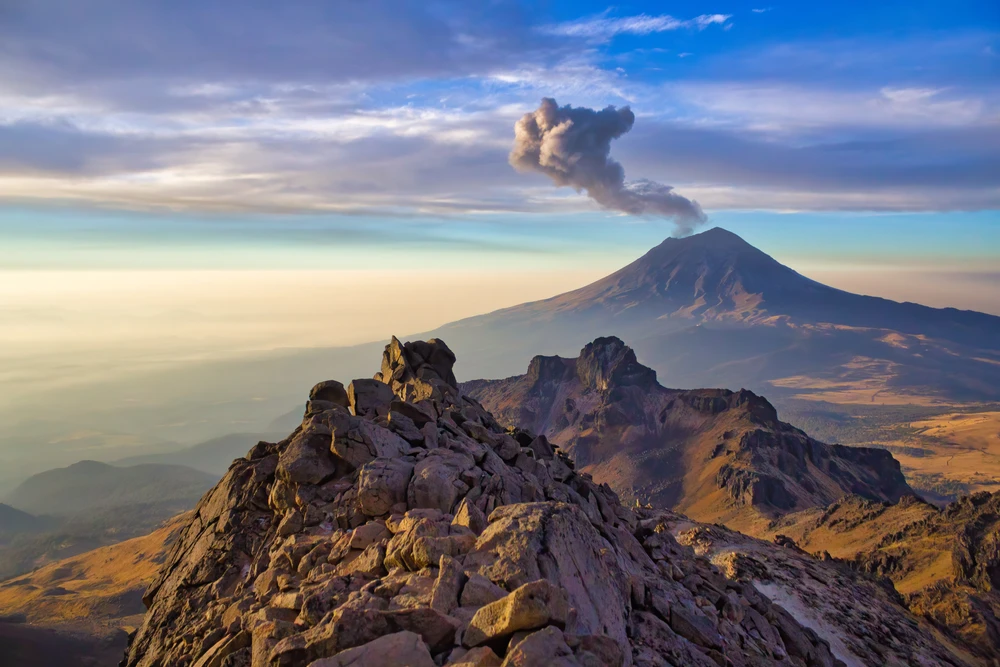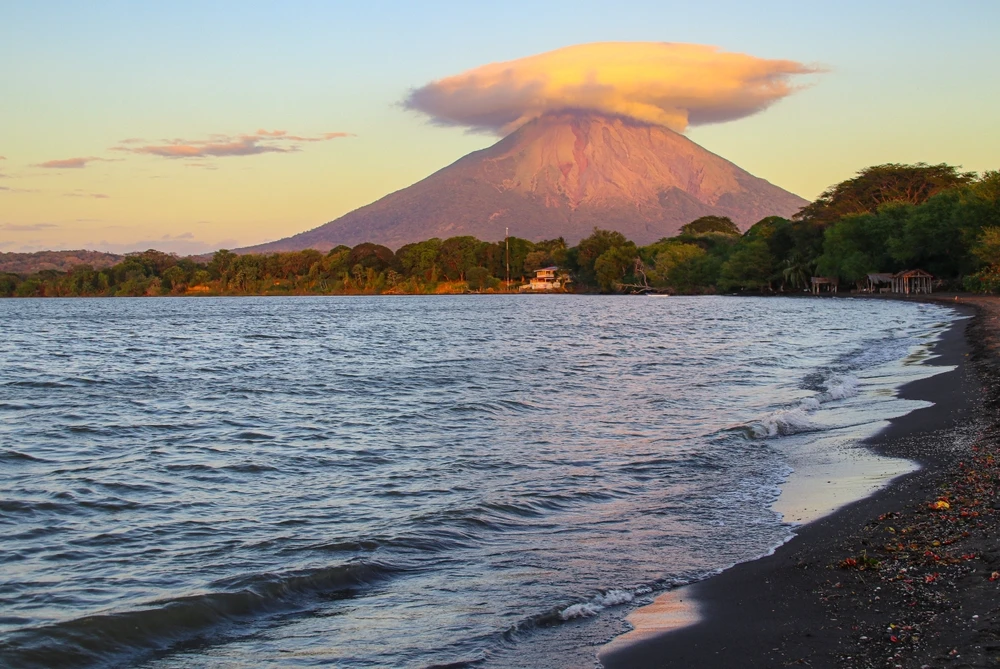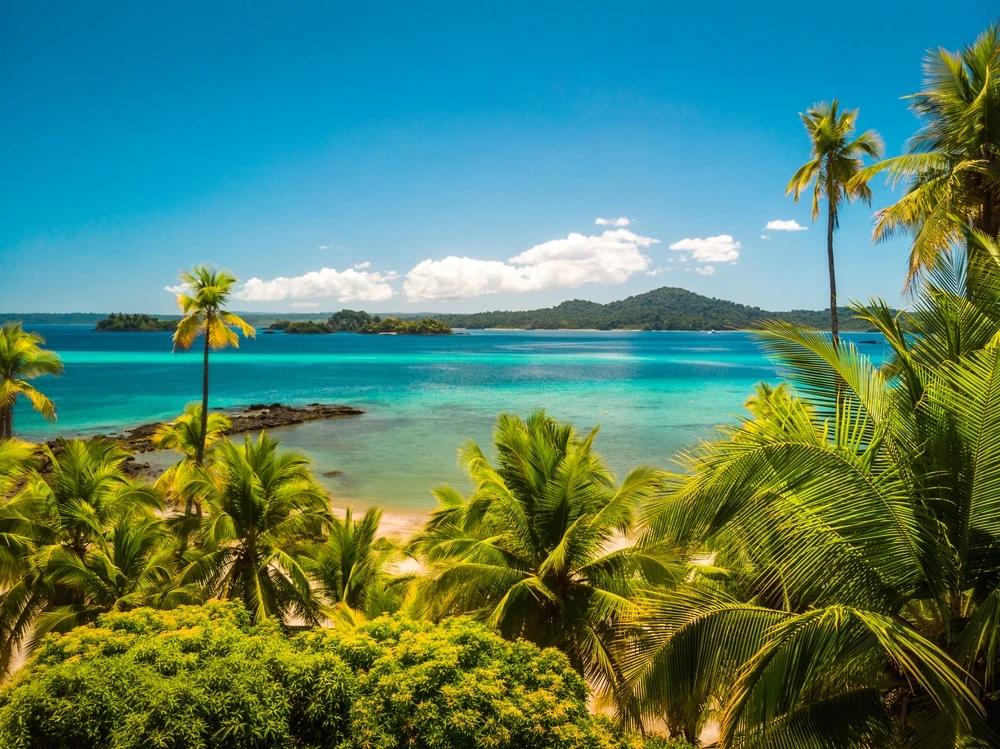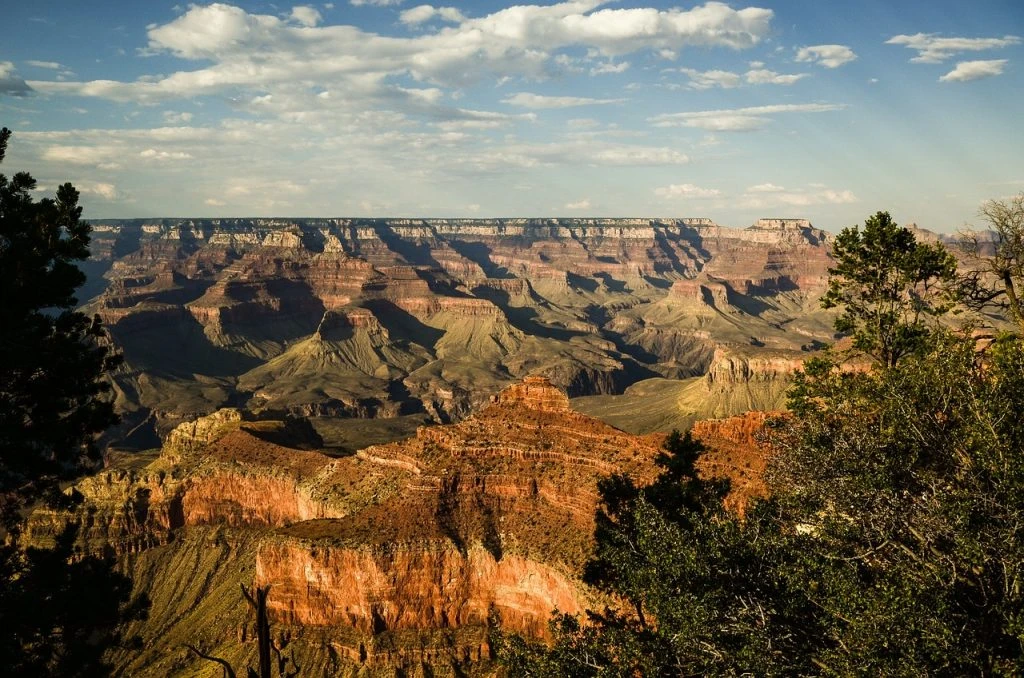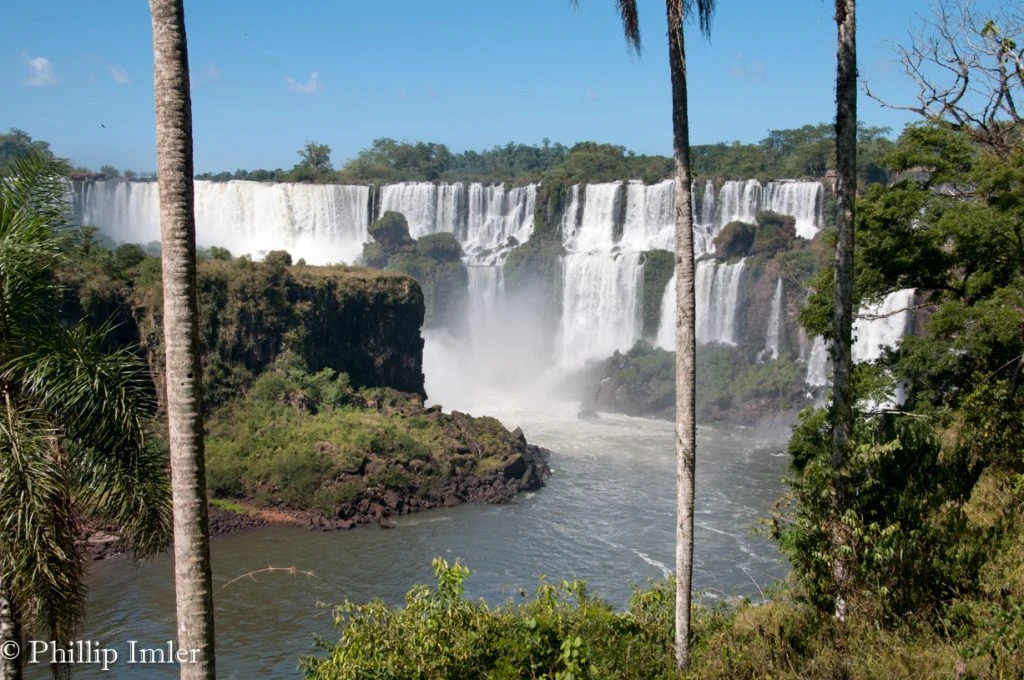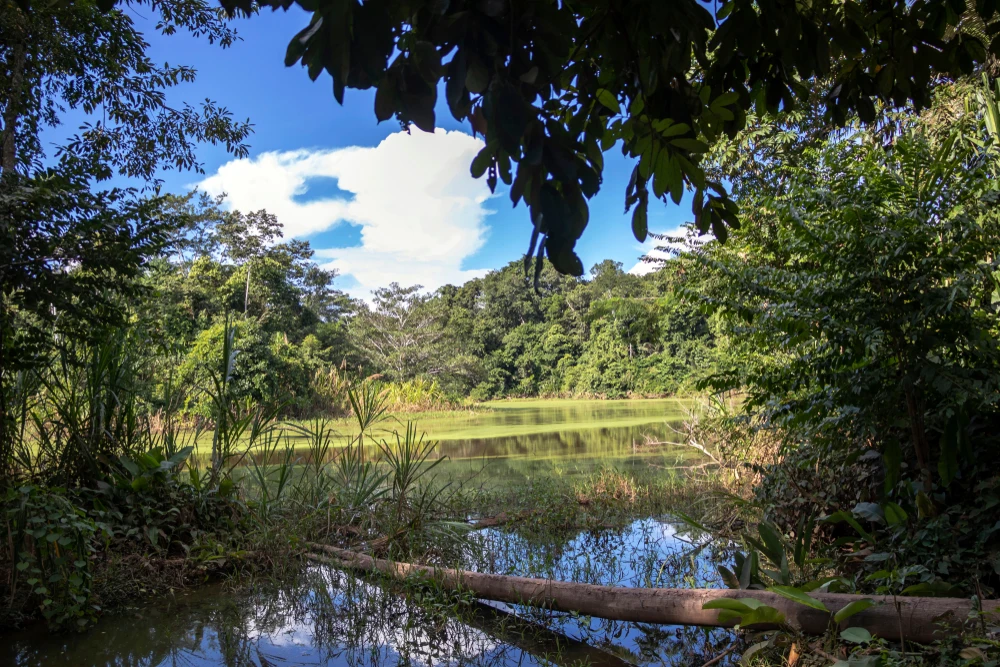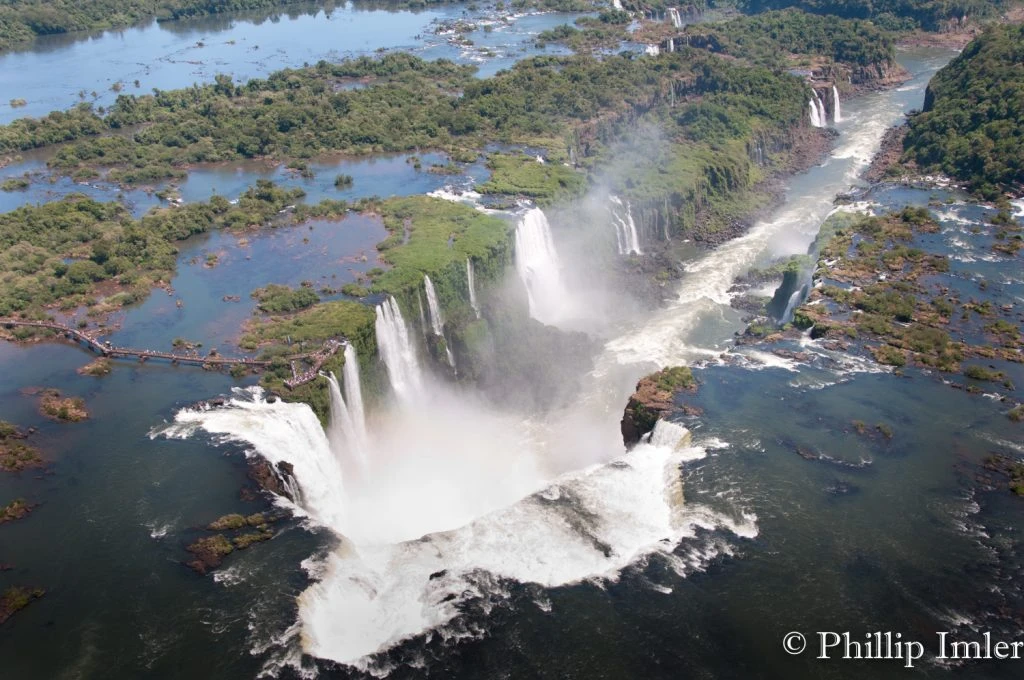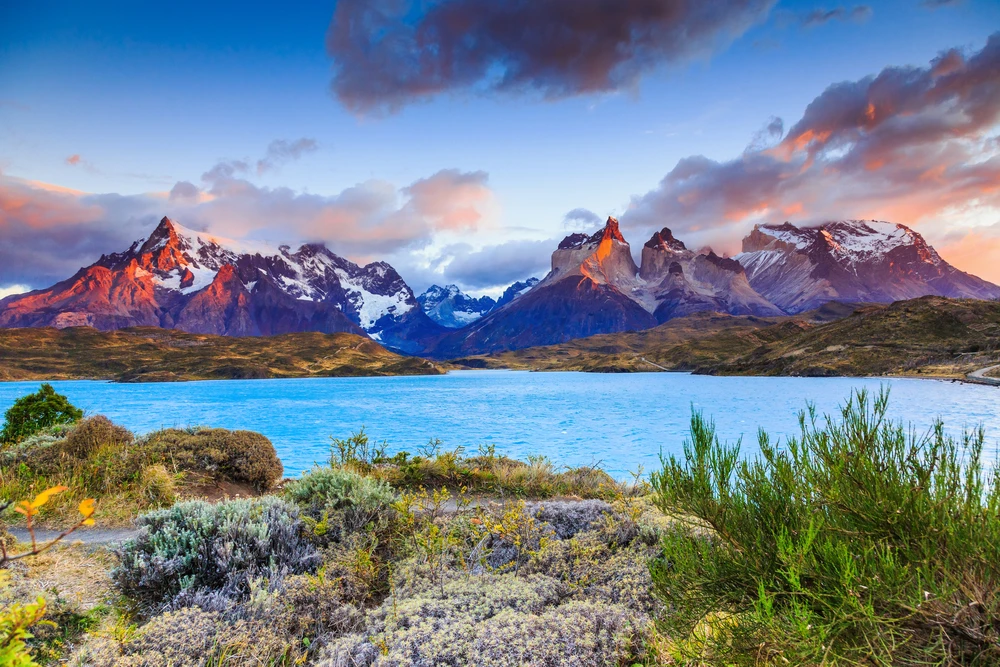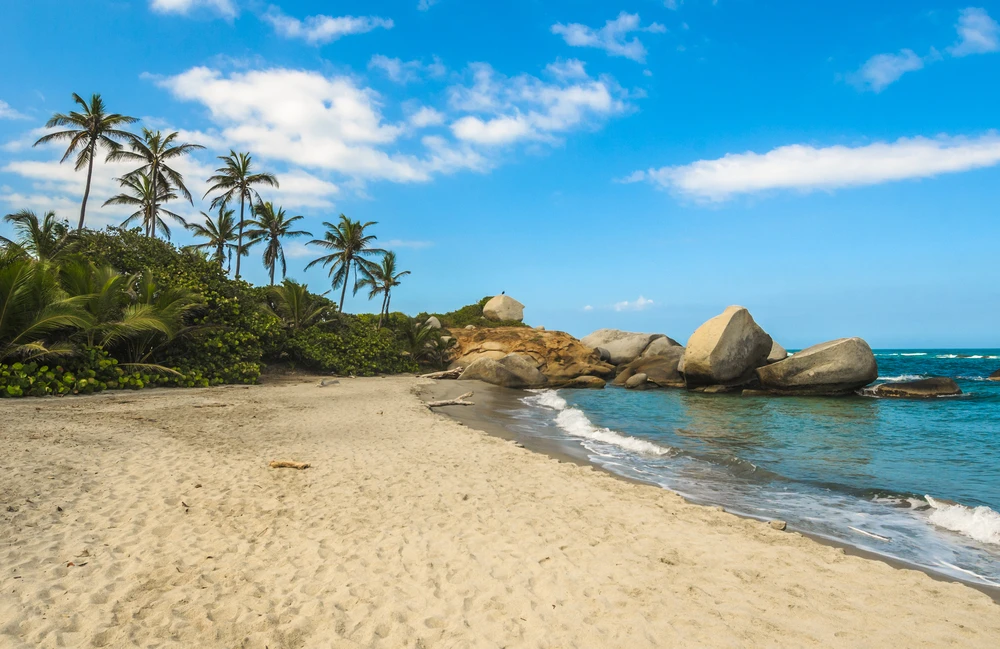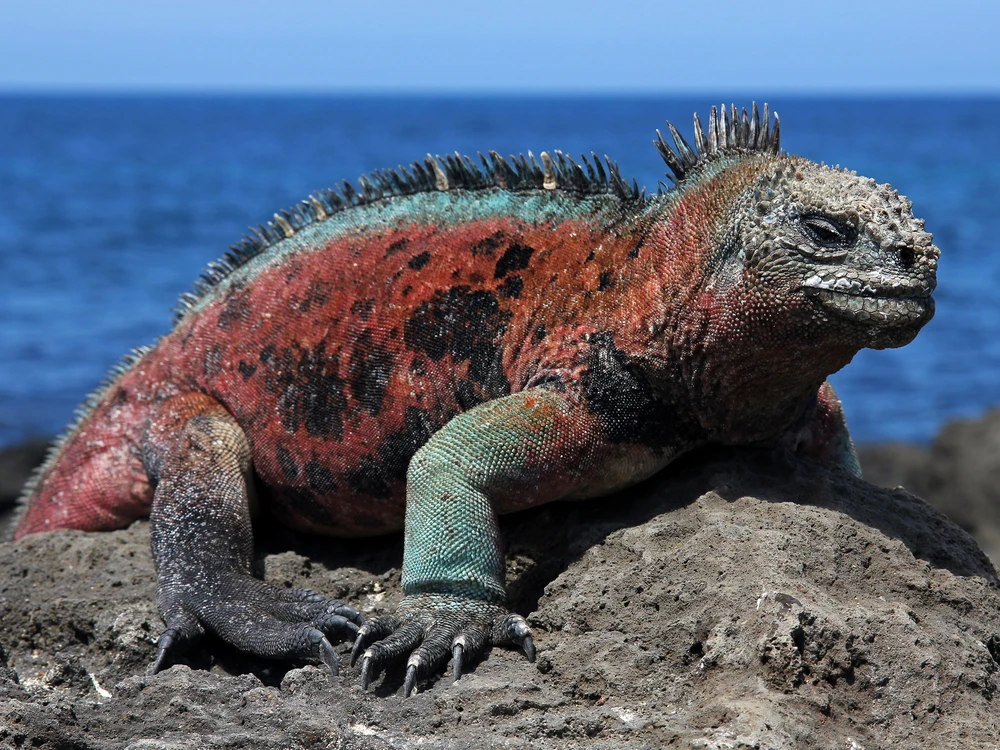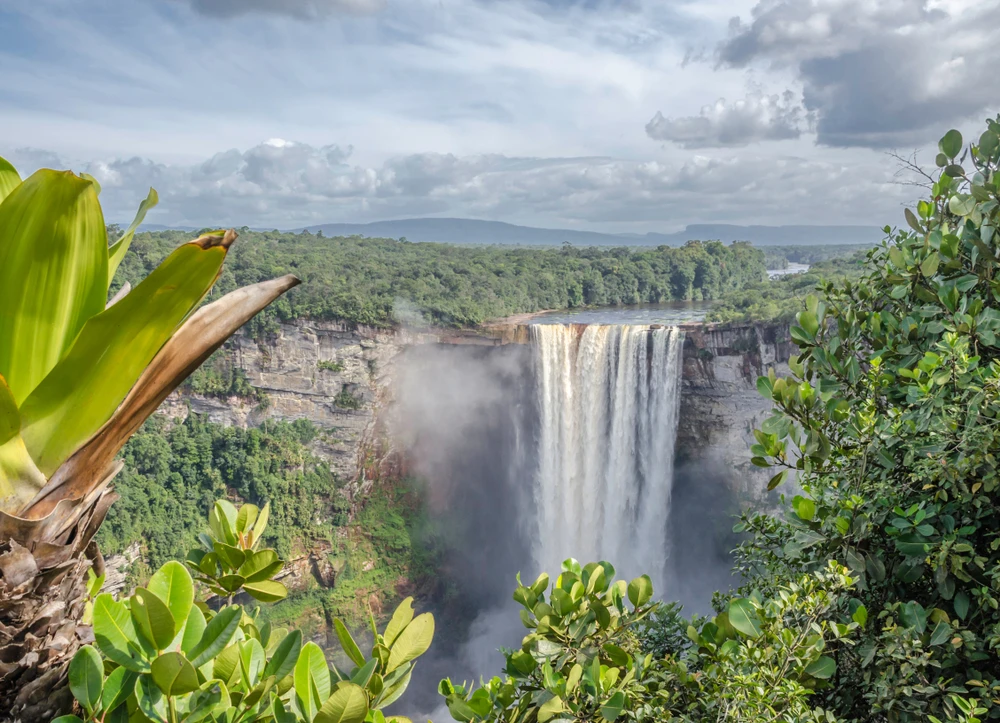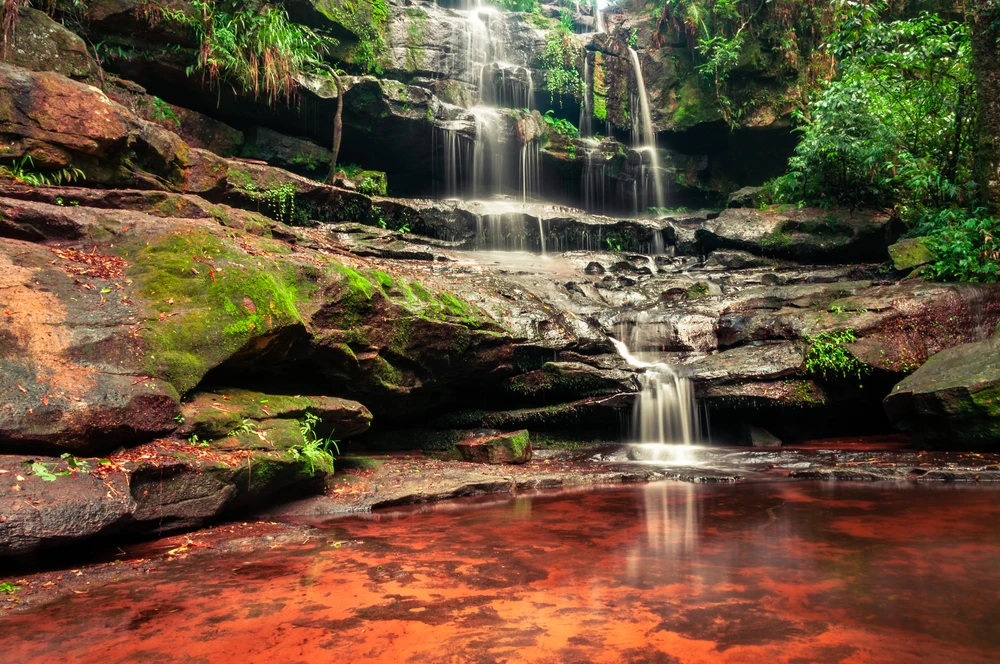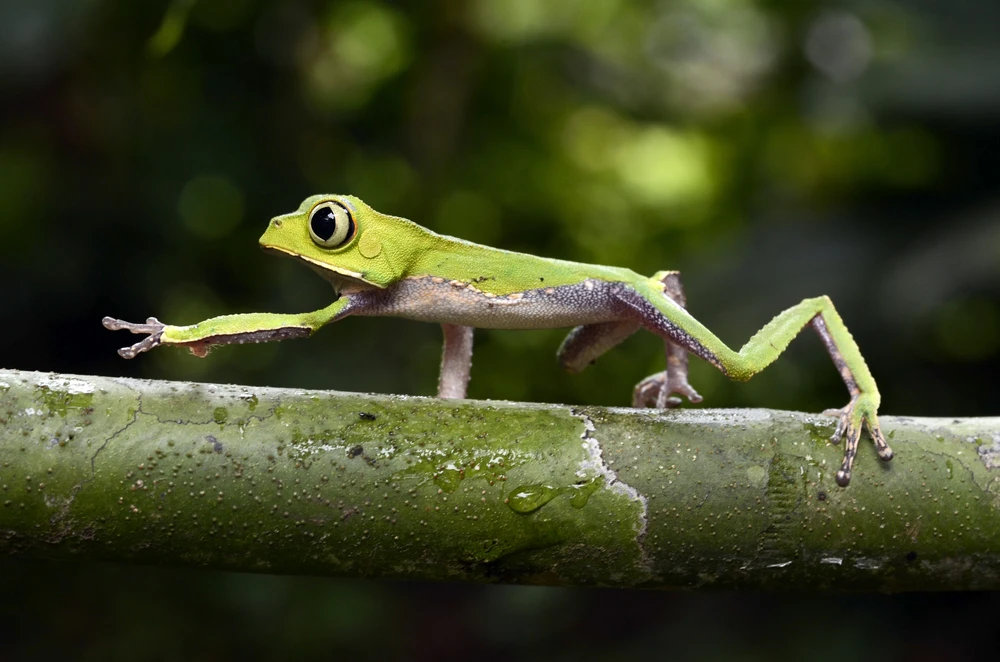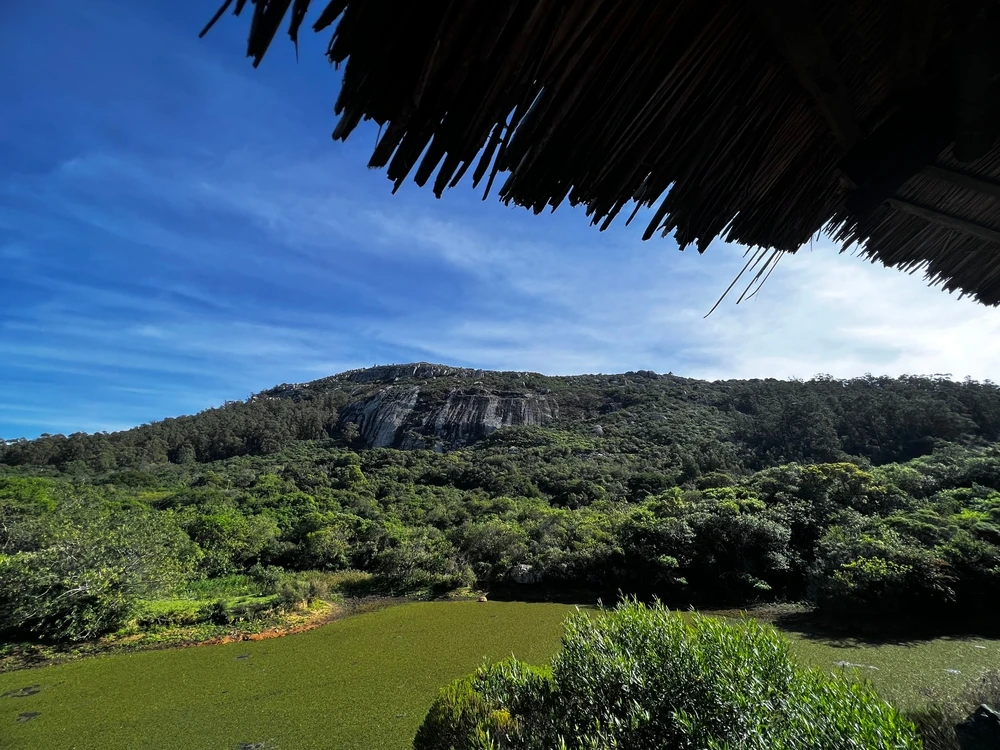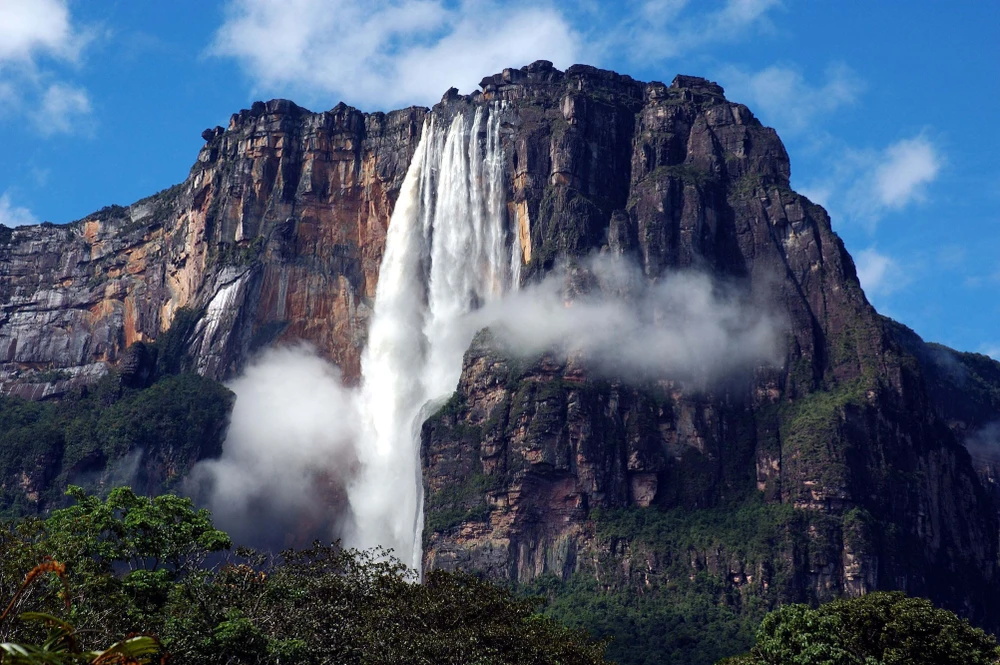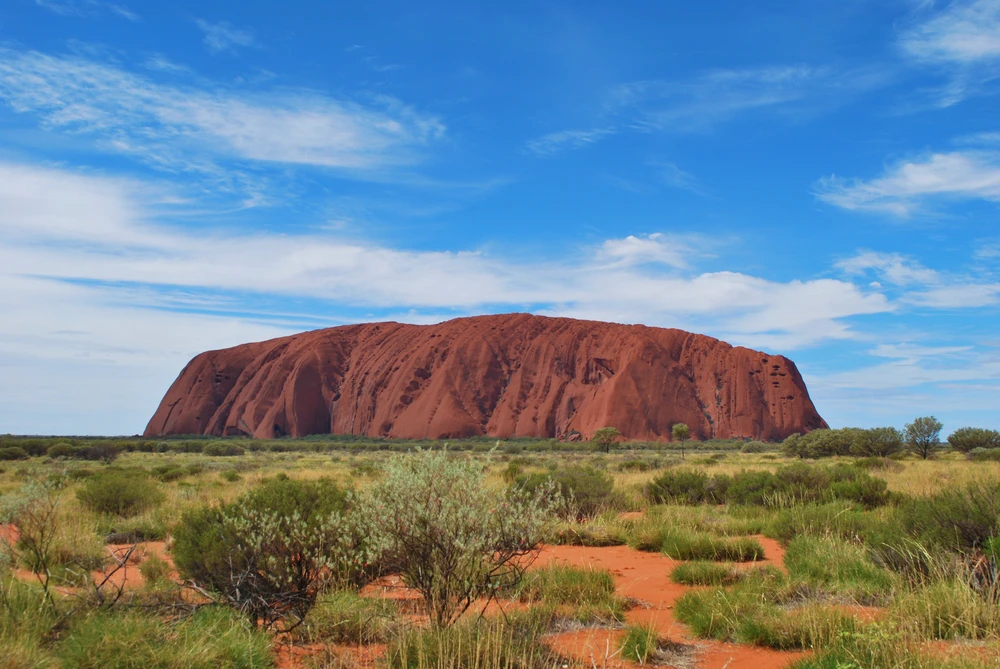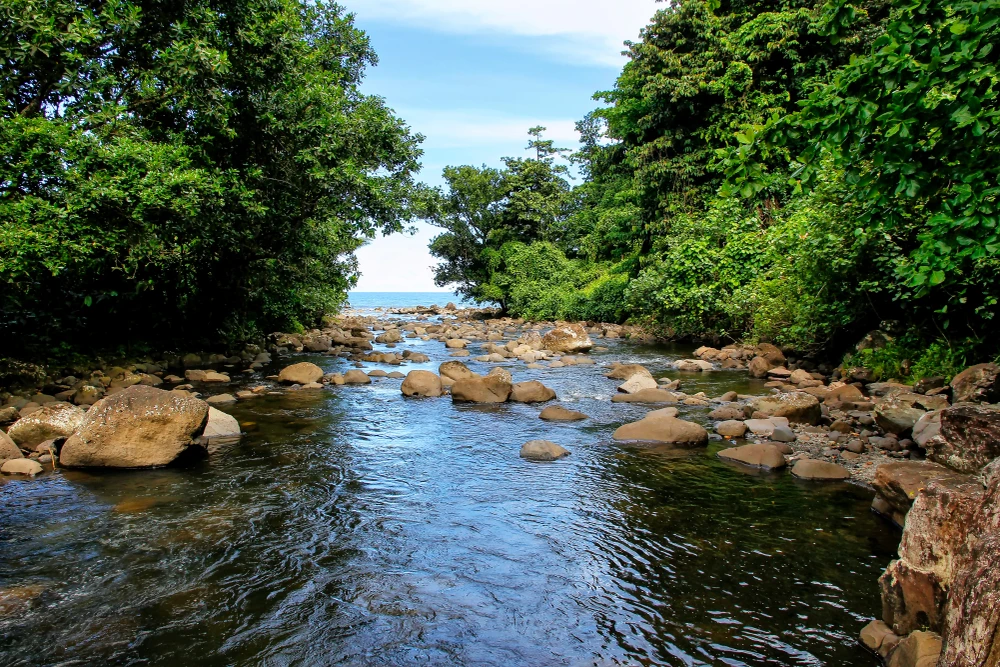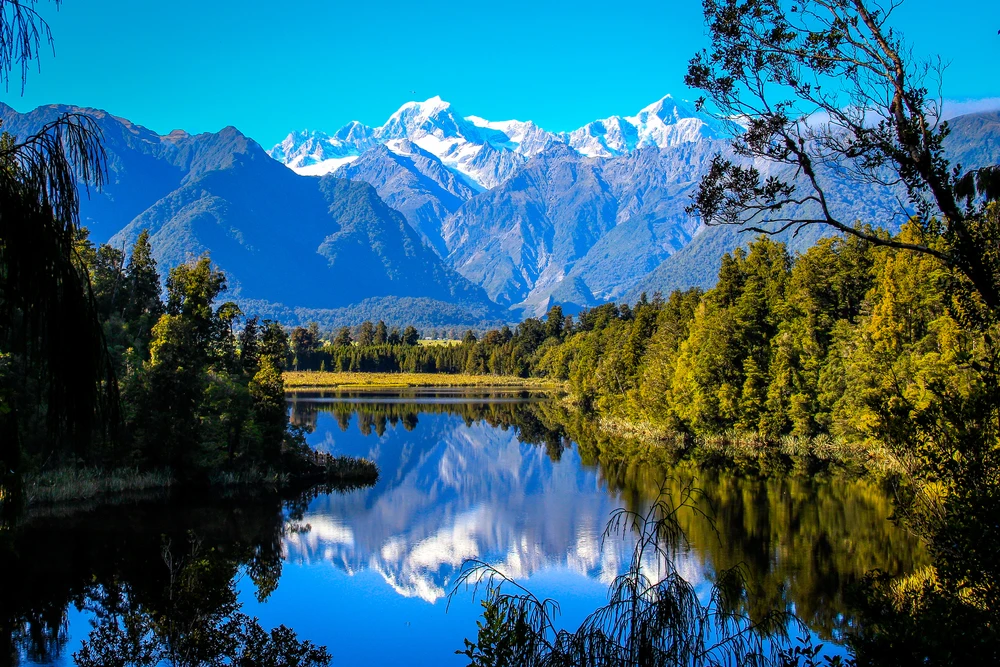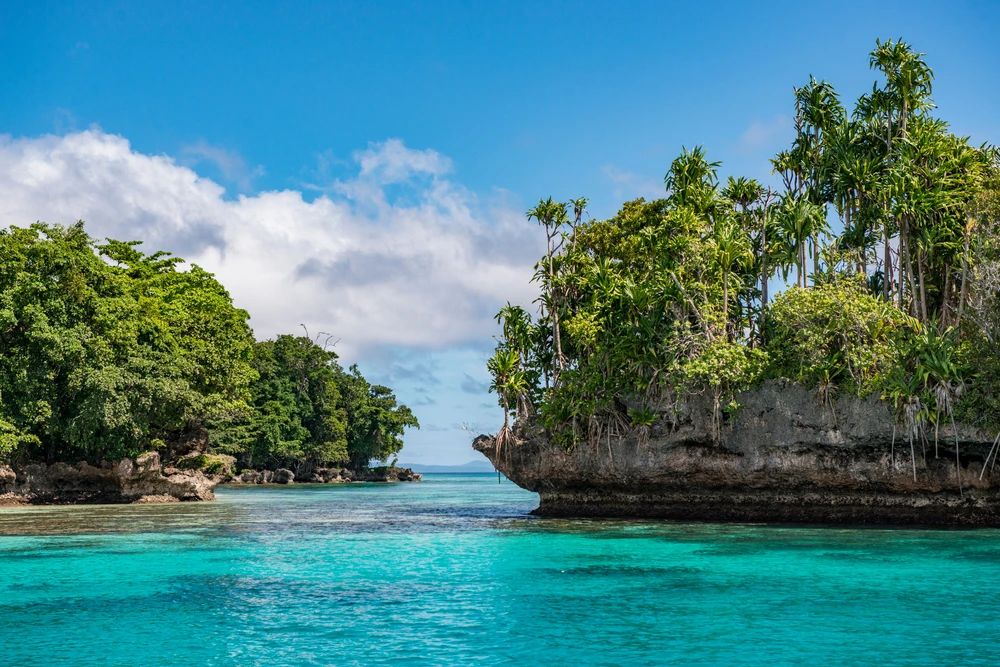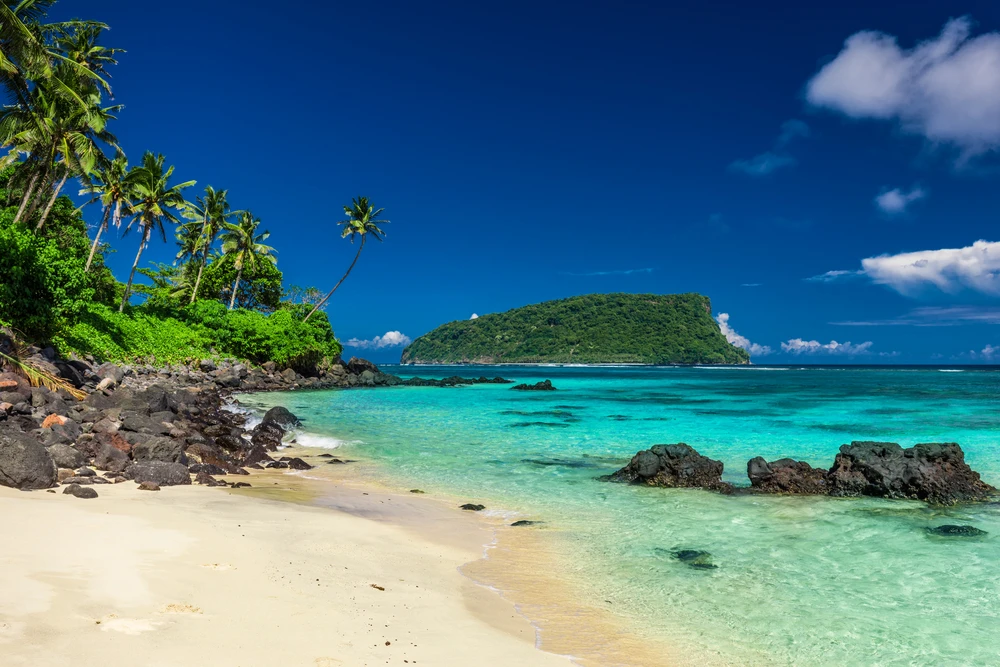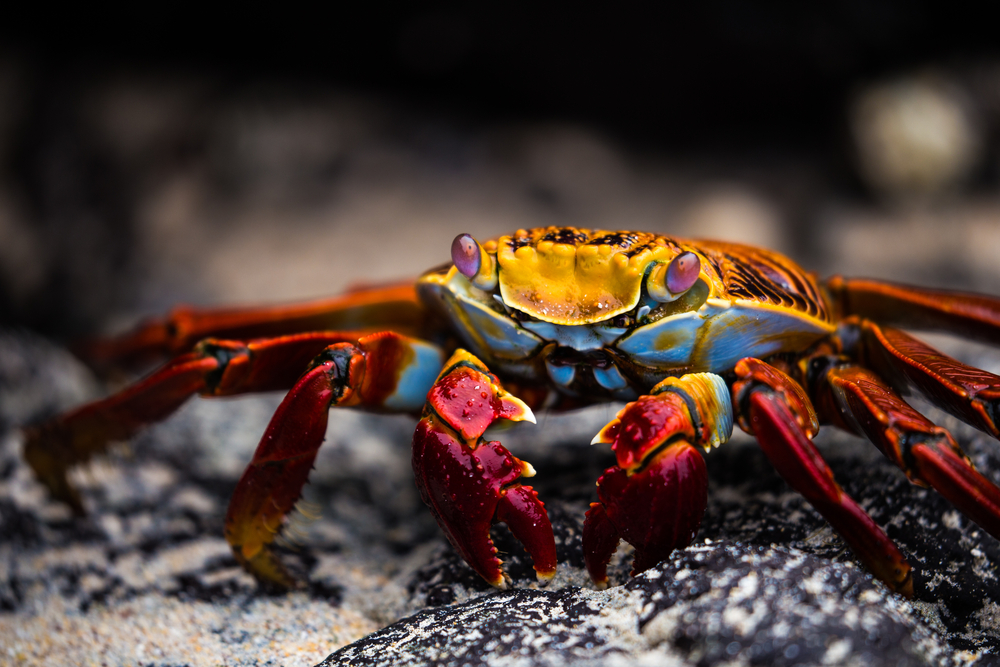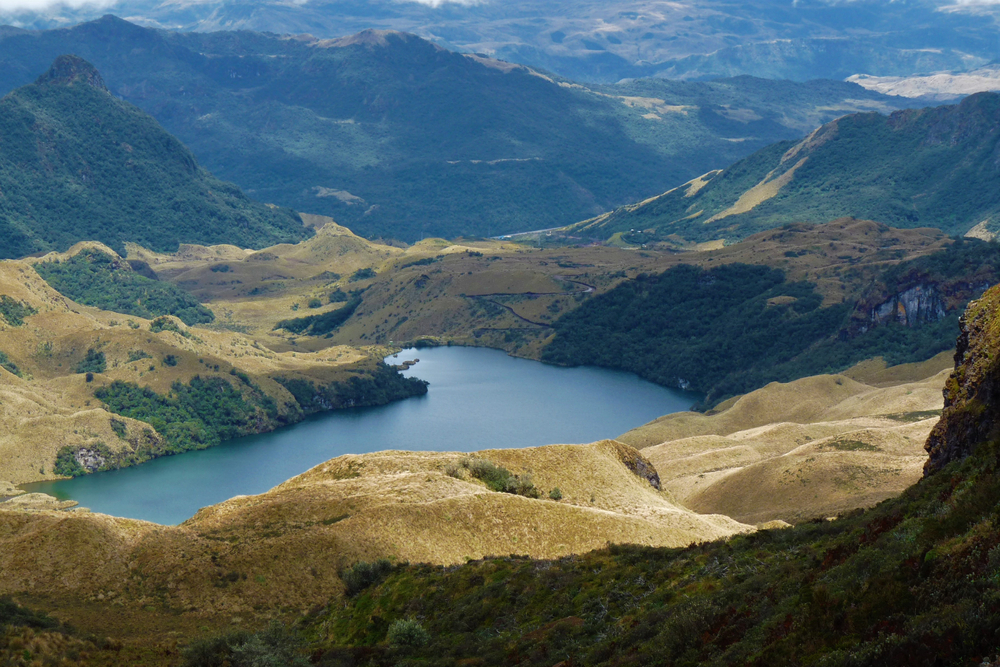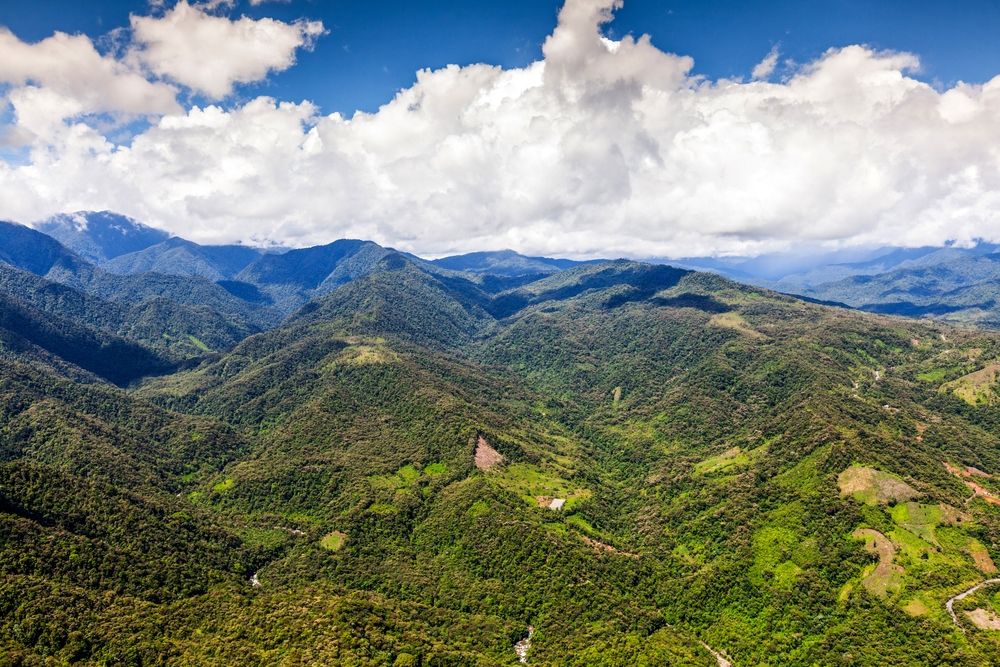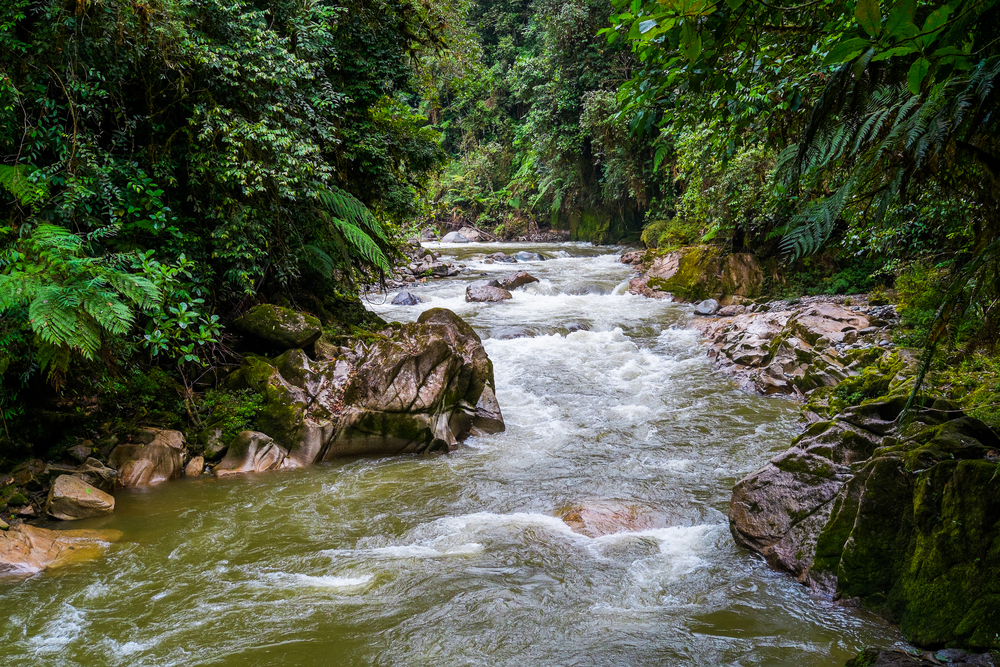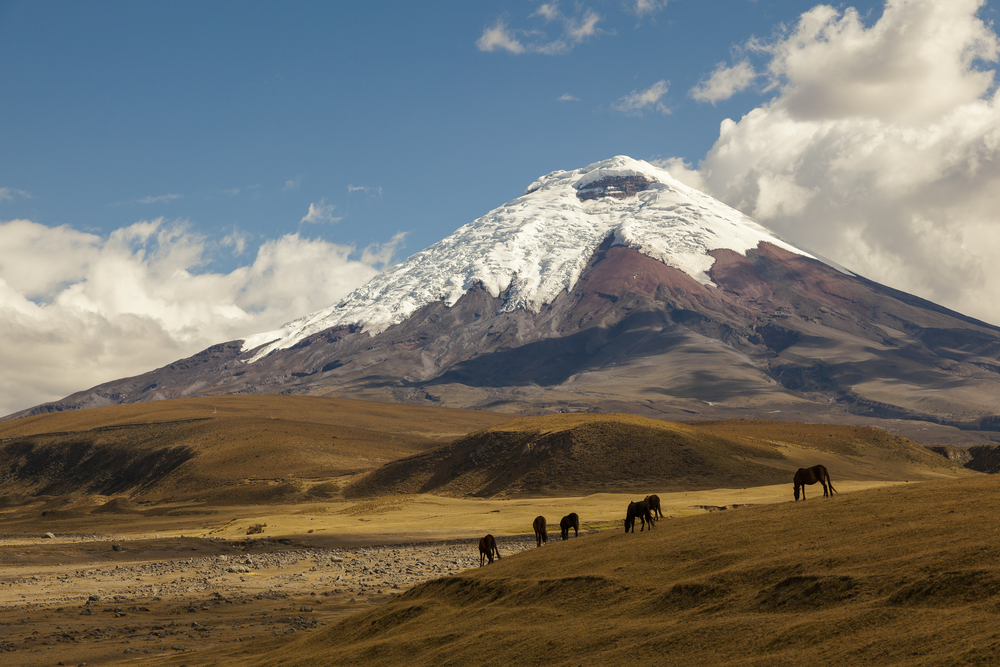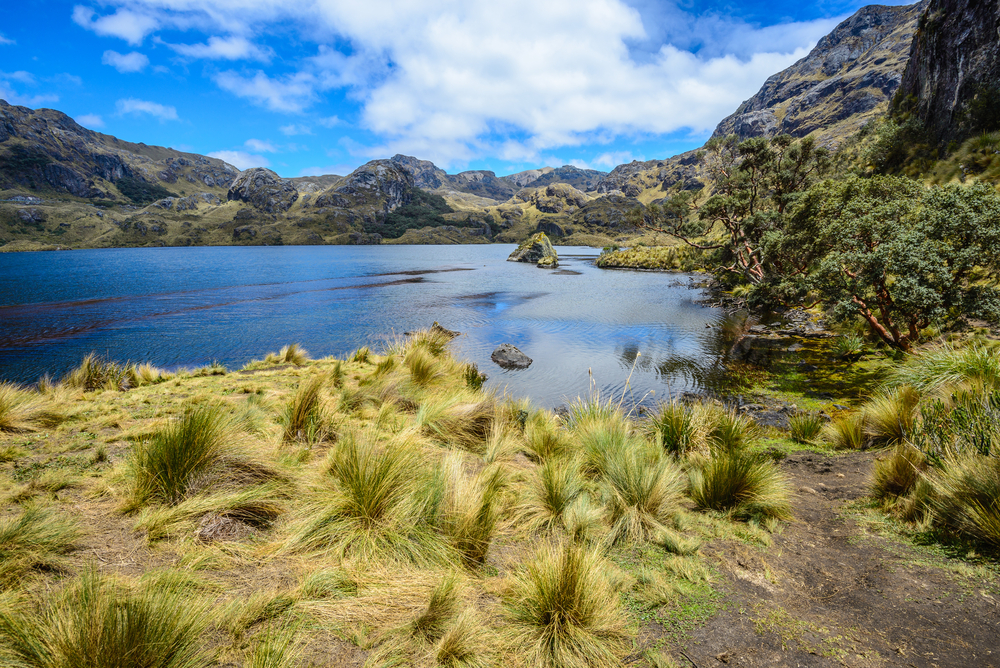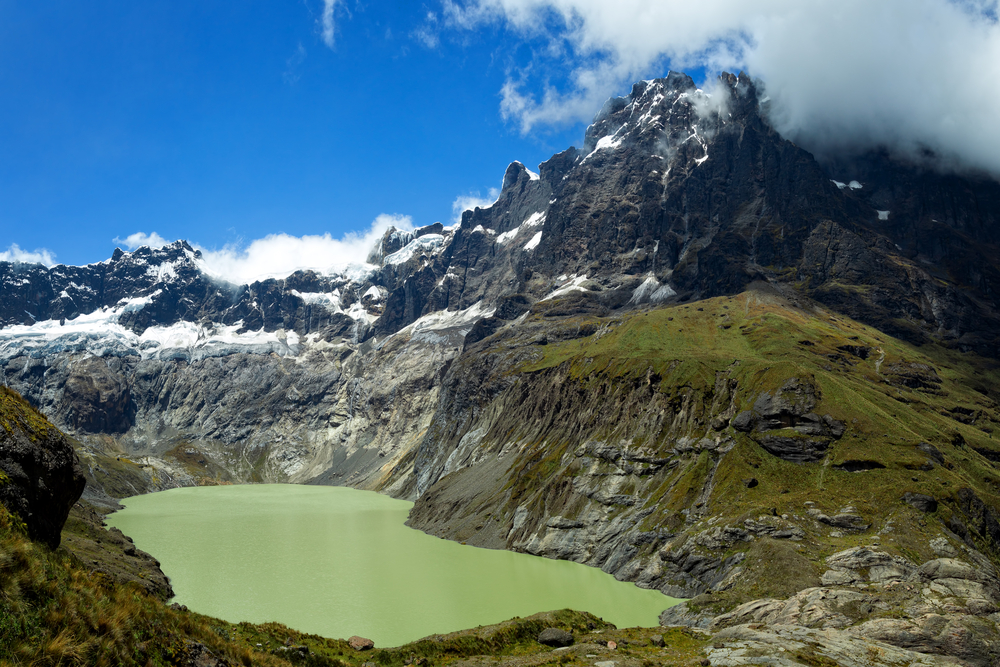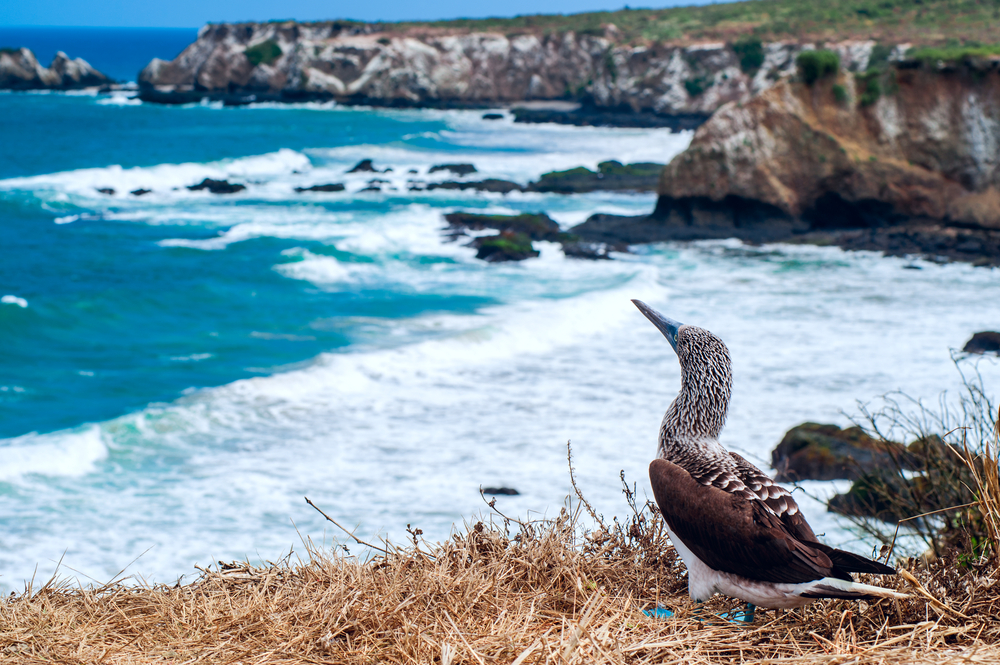Yacurí Overview
Yacurí National Park, located in southern Ecuador along the border with Peru, spans approximately 169 square miles (438 square kilometers). It is situated in the Loja and Zamora-Chinchipe provinces, forming part of the Andes mountain range and the broader Podocarpus-El Cóndor Biosphere Reserve.
The park’s name, Yacurí, is derived from the local indigenous languages, referencing its abundant water sources and highland ecosystems. The park is an important ecological corridor, connecting different Andean and Amazonian habitats, making it a critical area for biodiversity conservation.
The terrain of Yacurí National Park is characterized by a mix of high-altitude páramo, cloud forests, and glacial lakes. Elevations in the park range from approximately 6,560 feet (2,000 meters) to over 12,795 feet (3,900 meters) above sea level, creating diverse landscapes that include rolling grasslands, misty cloud forests, and rocky mountain peaks.
The park is home to over 48 lakes, the most notable being Lagunas Negras, which provide essential water sources for surrounding communities. The páramo ecosystem, dominated by tussock grasses and hardy shrubs, is an important carbon sink and water regulator, while the cloud forests house lush vegetation, including orchids, bromeliads, and endemic tree species such as the Andean wax palm.
Wildlife thrives in Yacurí National Park due to its varied ecosystems and limited human interference. Among the most iconic species in the park are the spectacled bear, Andean tapir, and puma, which inhabit the forested and mountainous areas. Other notable mammals include the mountain coati, páramo fox, and the elusive jaguar, although sightings of these large predators are rare.
Birdlife is particularly diverse, with species such as the Andean condor, black-and-chestnut eagle, and various tanagers and hummingbirds making the park a paradise for birdwatchers. The park also supports amphibians like the marsupial frog, which is endemic to the region, as well as a range of reptile species adapted to the cool, humid environment.
One of the park’s main attractions is its pristine glacial lakes, particularly the Lagunas Negras, which are surrounded by breathtaking scenery and rich biodiversity. Visitors often hike to these lakes to experience their tranquil beauty and observe local wildlife.
Another highlight is the hot springs found in the park, which are believed to have medicinal properties and are popular among visitors seeking relaxation in a natural setting. The park’s trails lead adventurers through the cloud forests and páramo landscapes, offering stunning panoramic views of the Andean highlands and unique encounters with rare flora and fauna.
Visitors can engage with Yacurí National Park through hiking, birdwatching, and wildlife photography. The well-preserved trails provide access to different parts of the park, with varying levels of difficulty to accommodate both casual explorers and experienced trekkers.
Guided tours are available to enhance the experience, providing insights into the park’s ecology and cultural significance. The natural hot springs are another way to immerse in the park’s offerings, drawing both locals and travelers for their therapeutic benefits.
Despite its ecological importance, Yacurí National Park faces conservation challenges, including the encroachment of agriculture, illegal hunting, and climate change impacts on its delicate páramo ecosystems. However, conservation efforts led by Ecuador’s Ministry of the Environment and local communities have helped mitigate these threats.
The park is protected as part of Ecuador’s national park system, and sustainable tourism initiatives have been introduced to balance visitor impact with conservation priorities. Ongoing research and monitoring of endangered species further support the park’s biodiversity conservation efforts.


